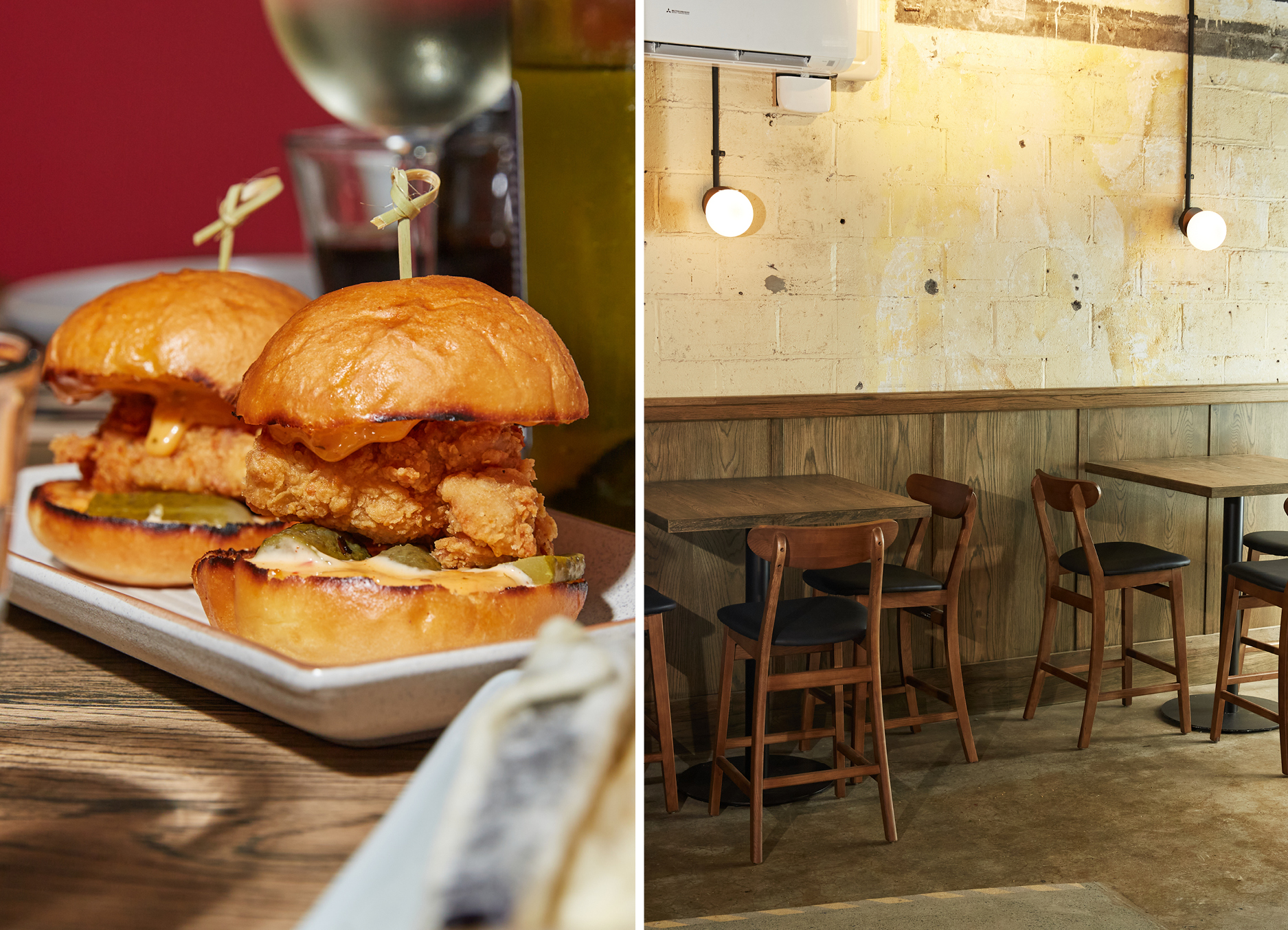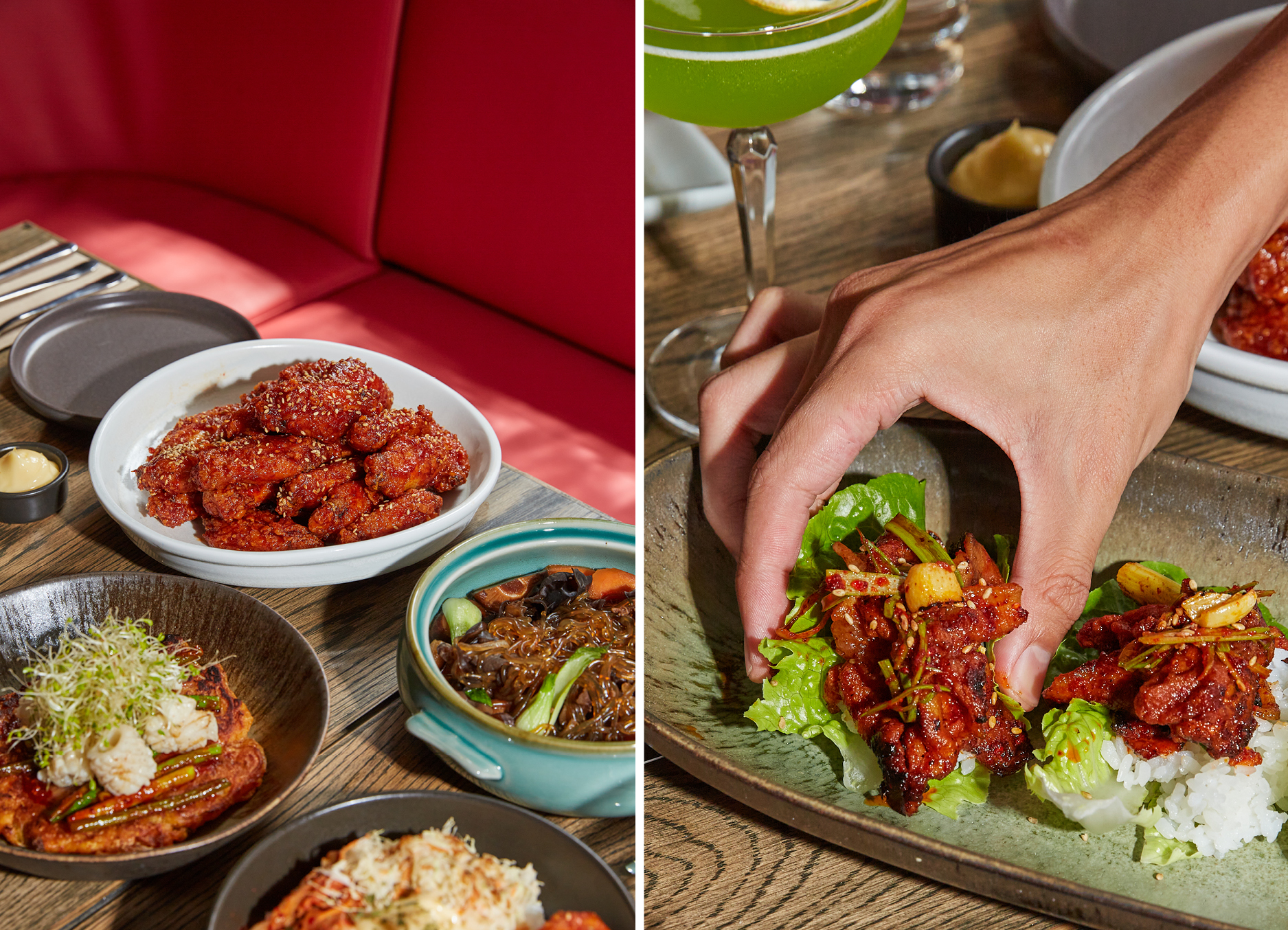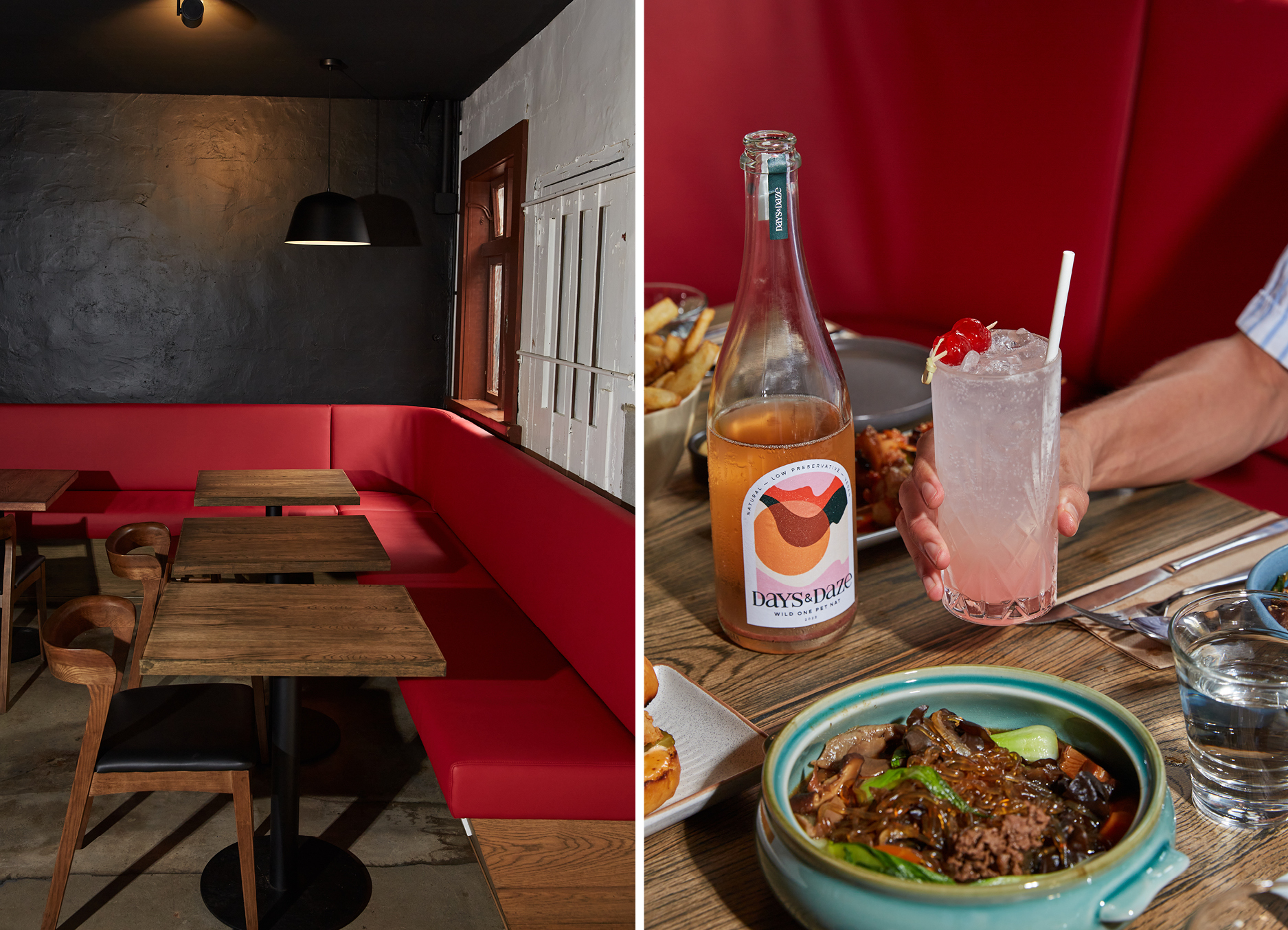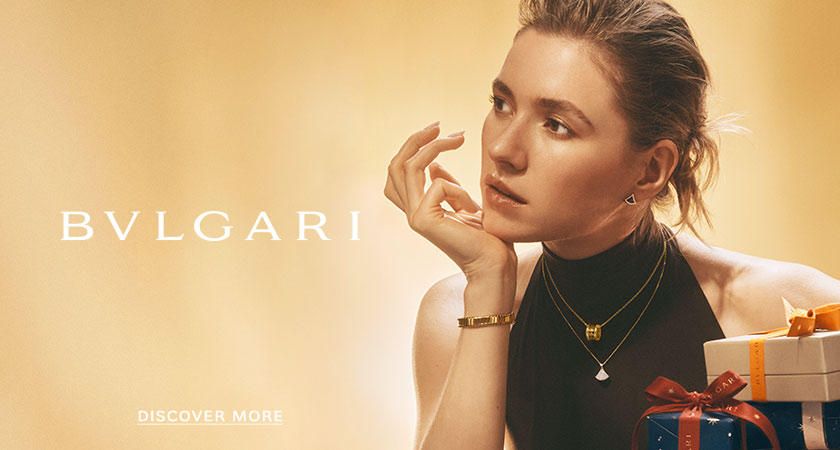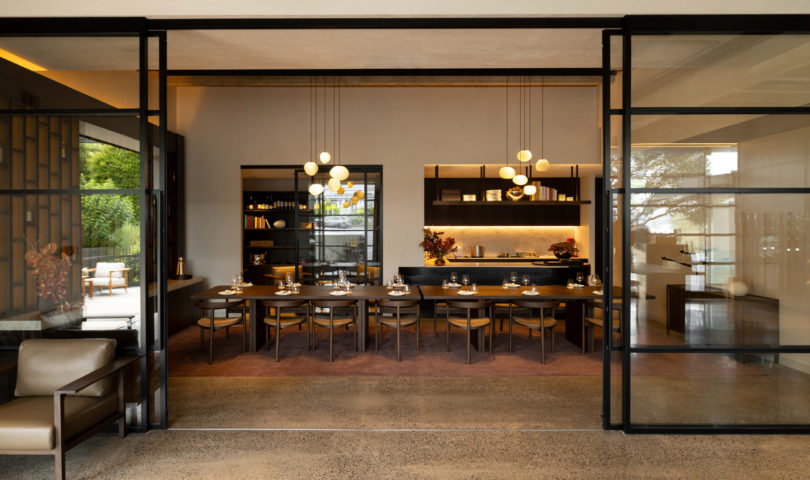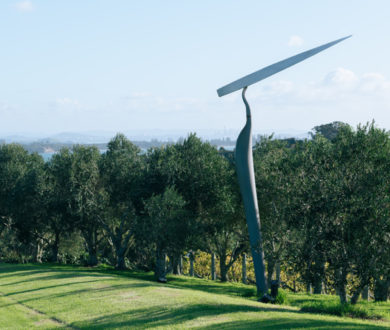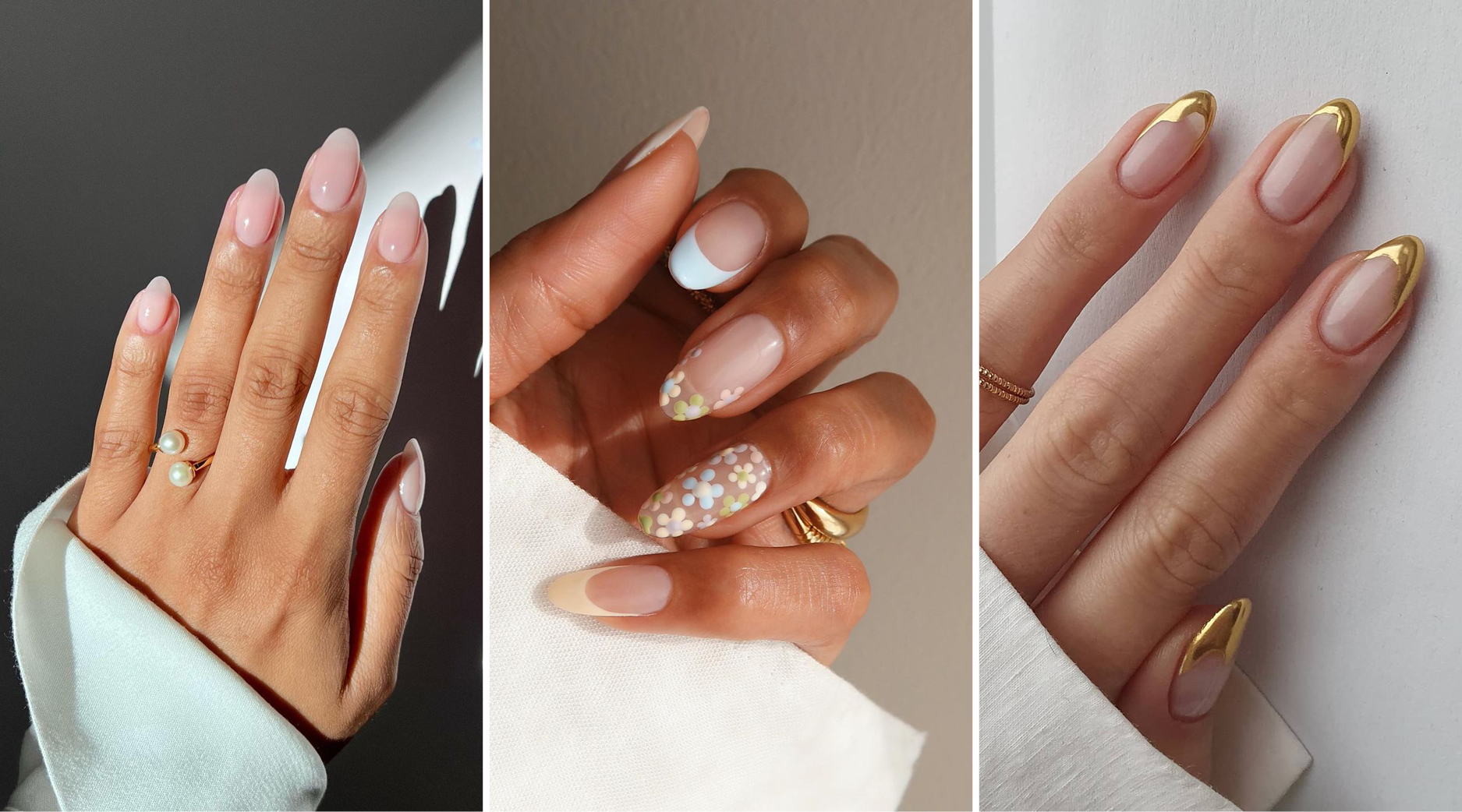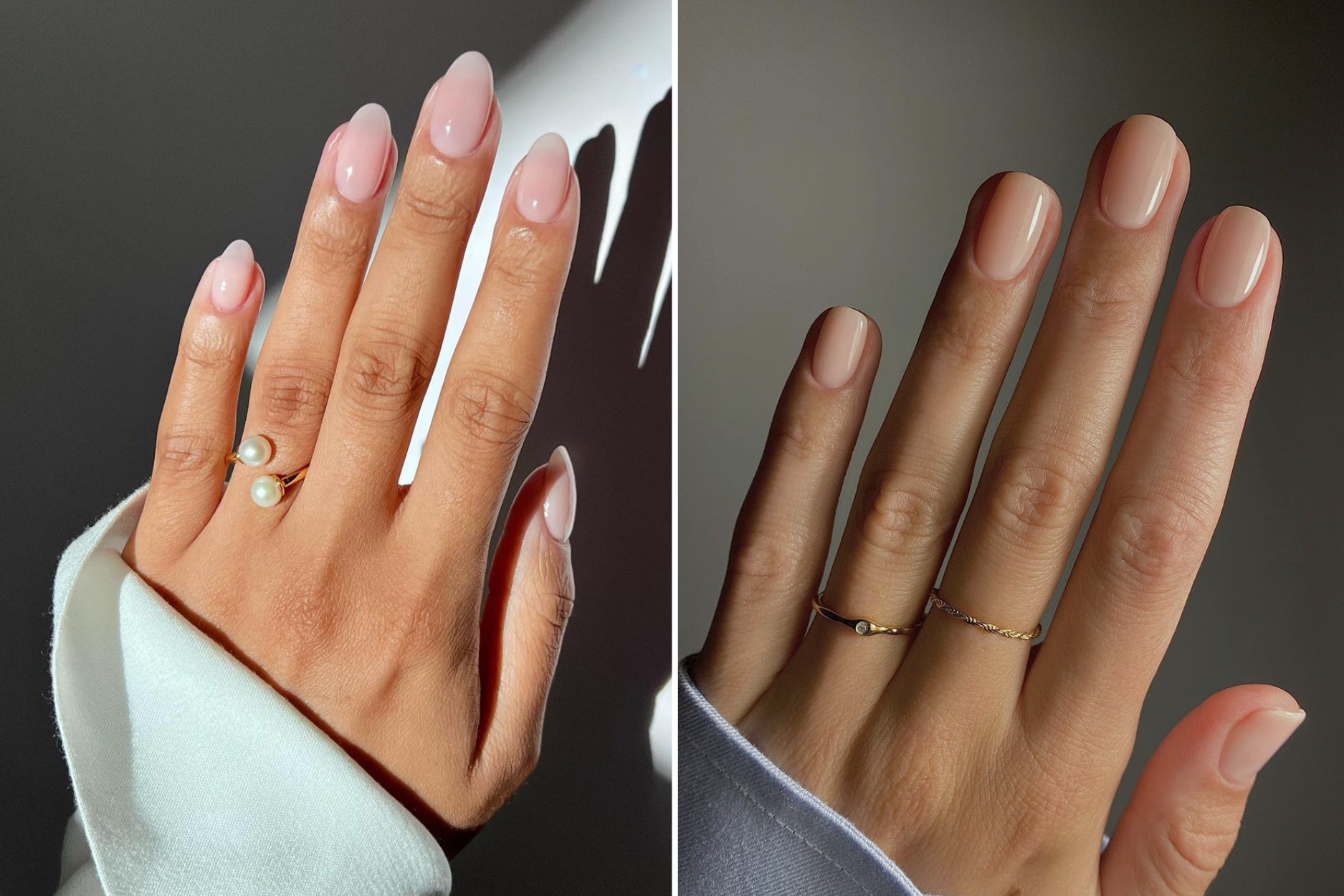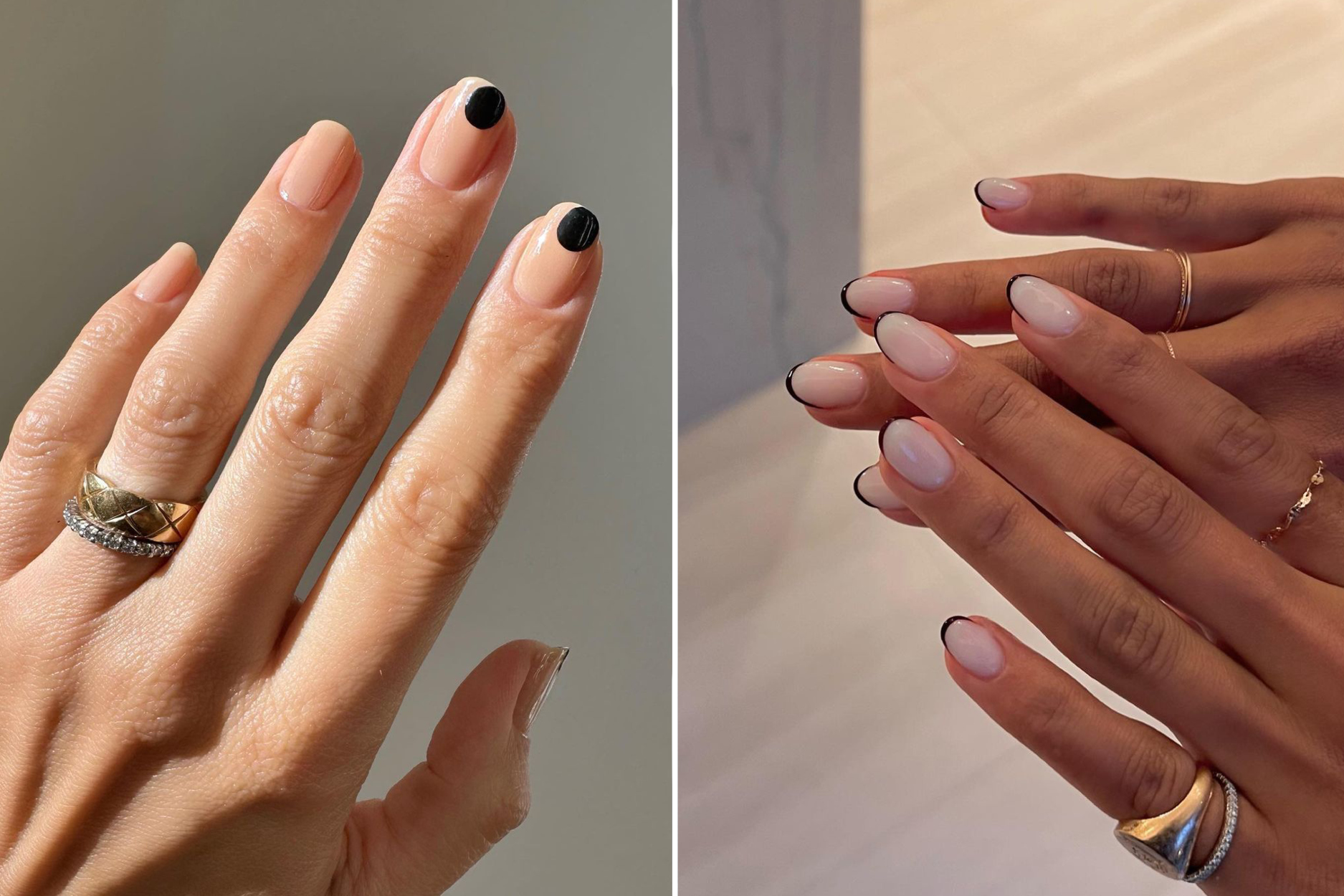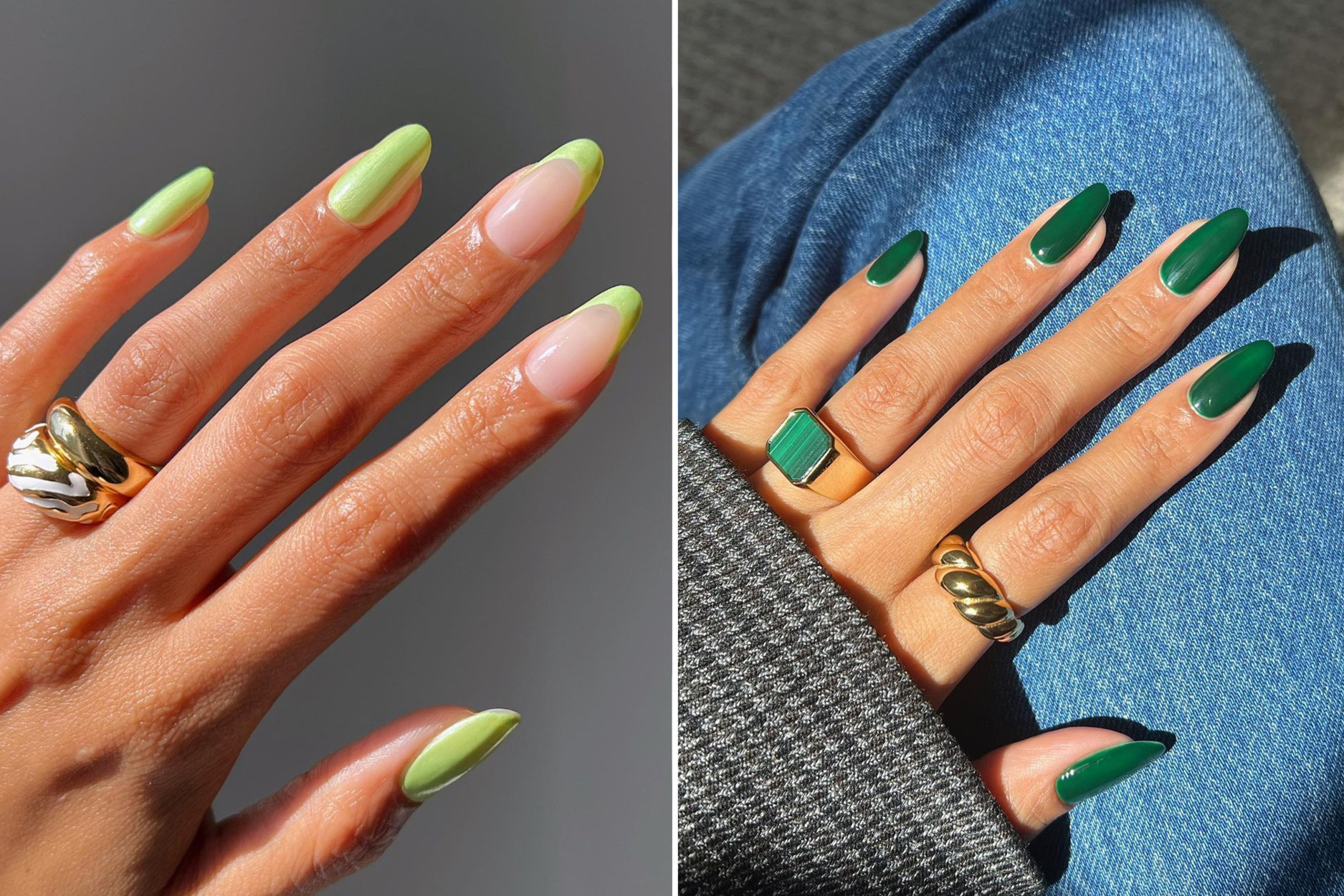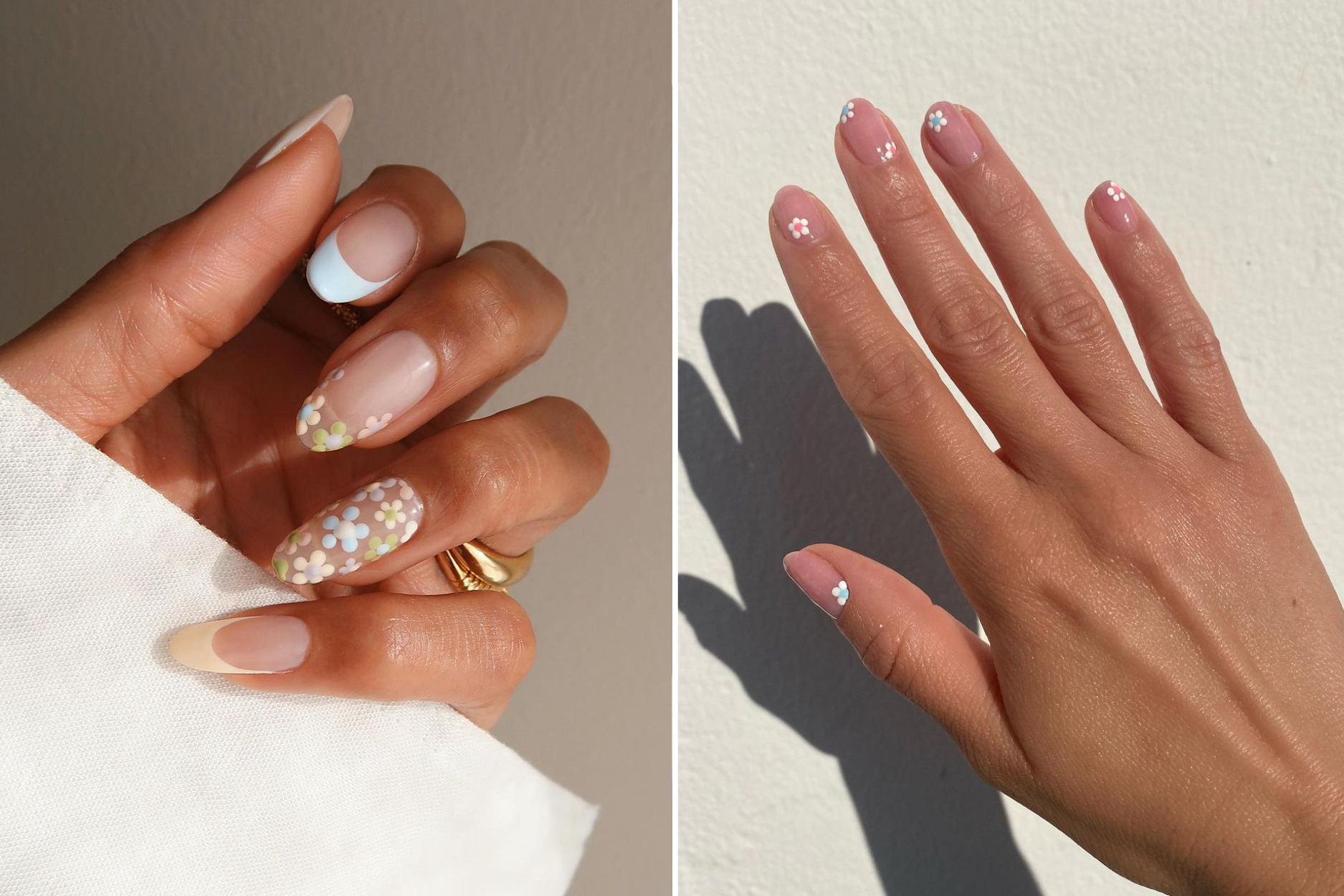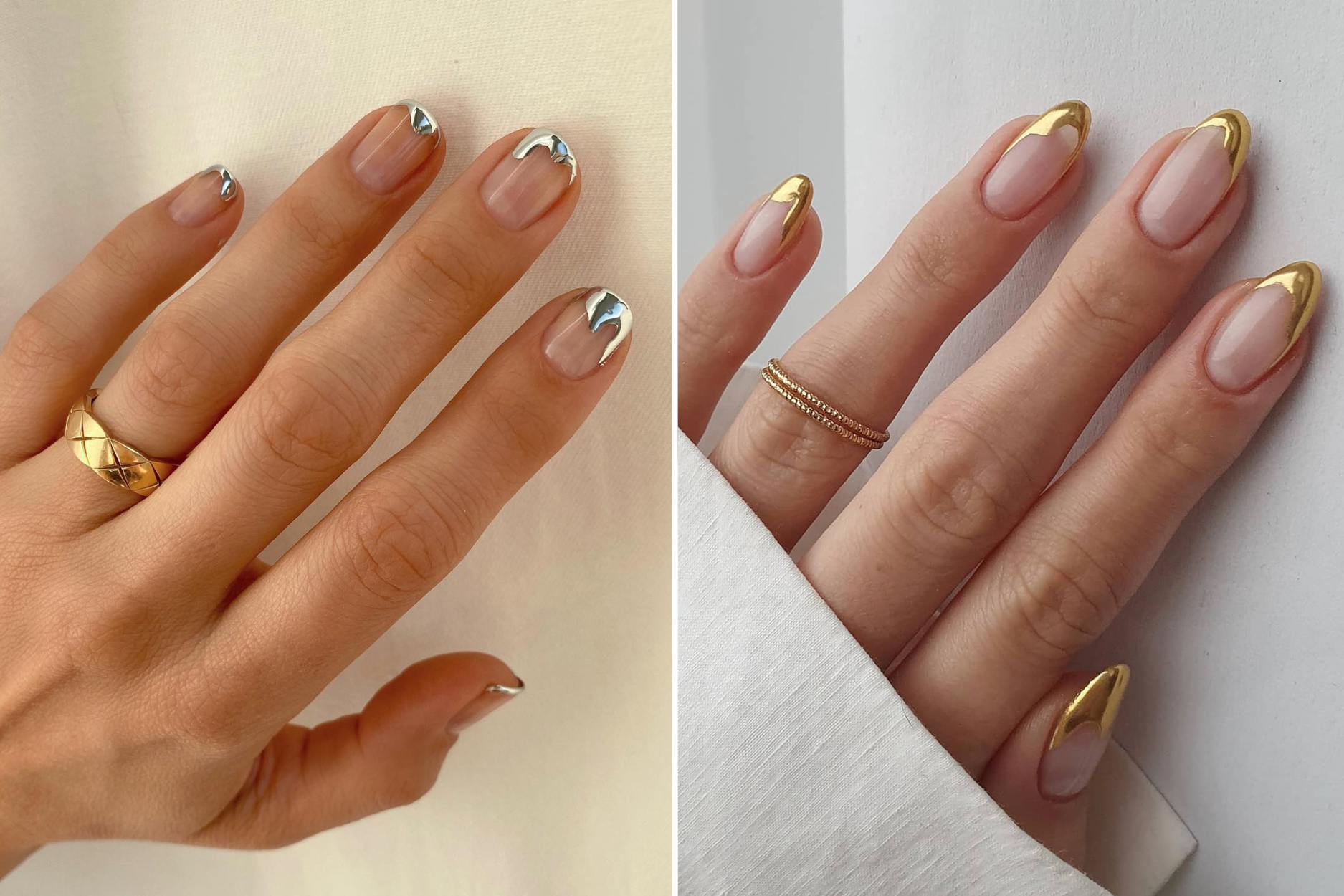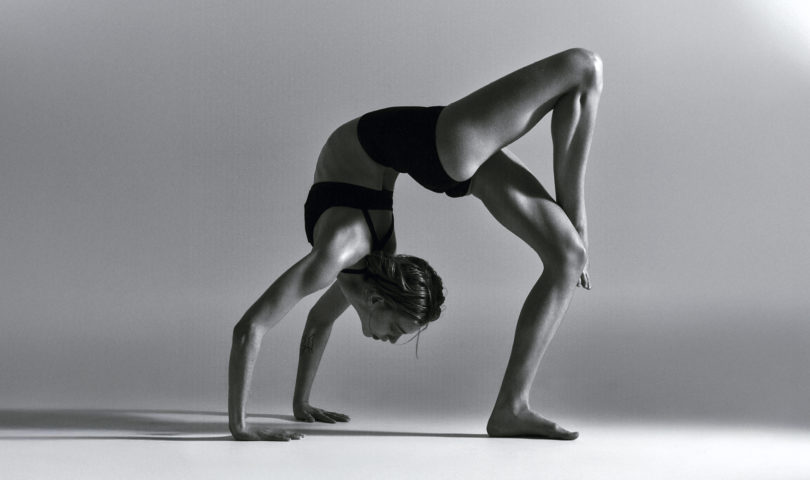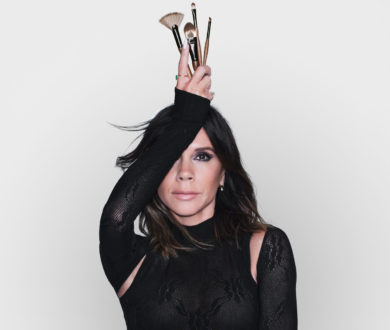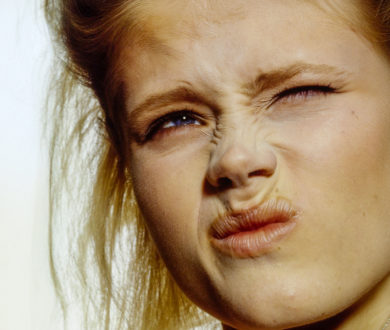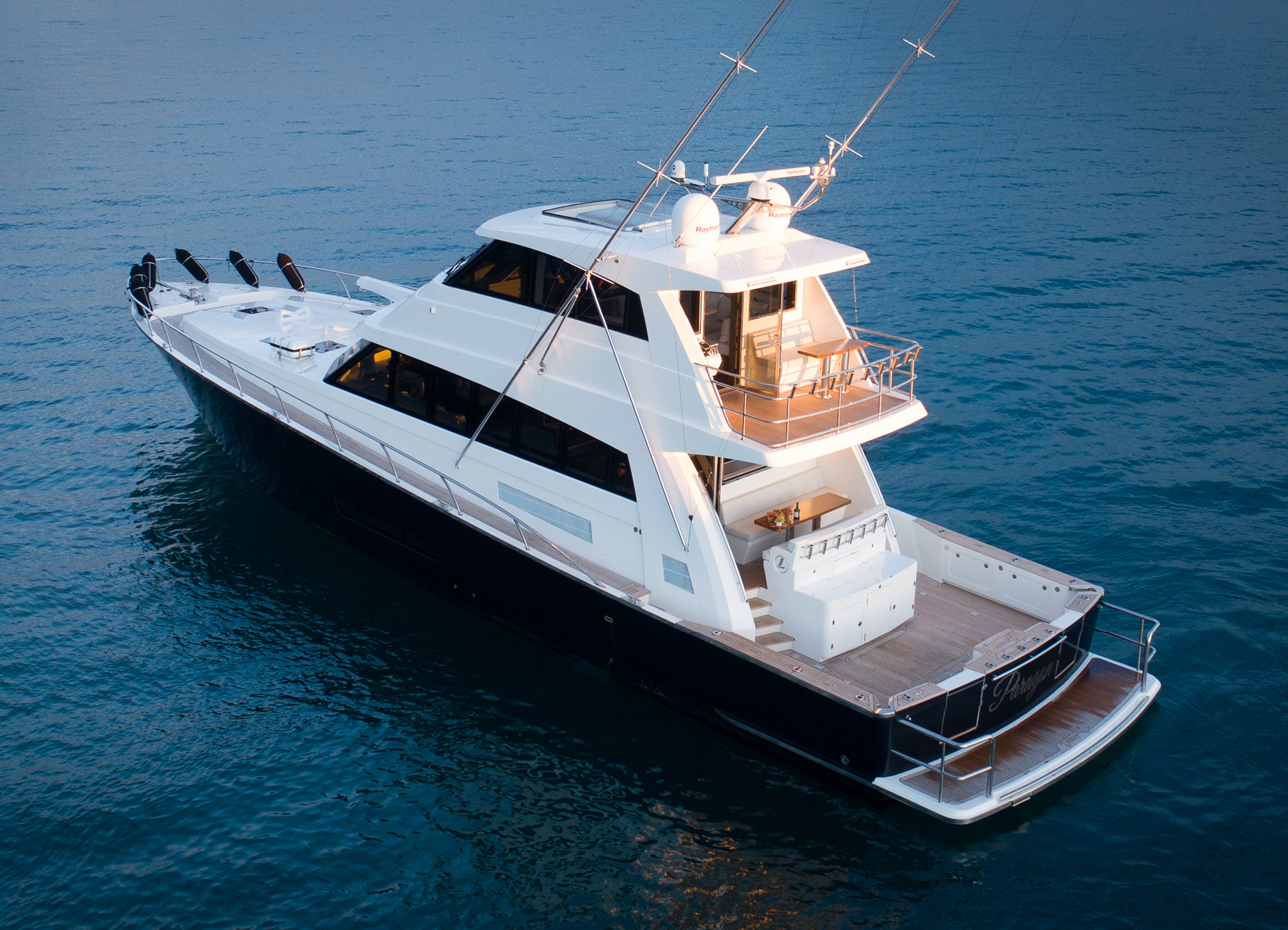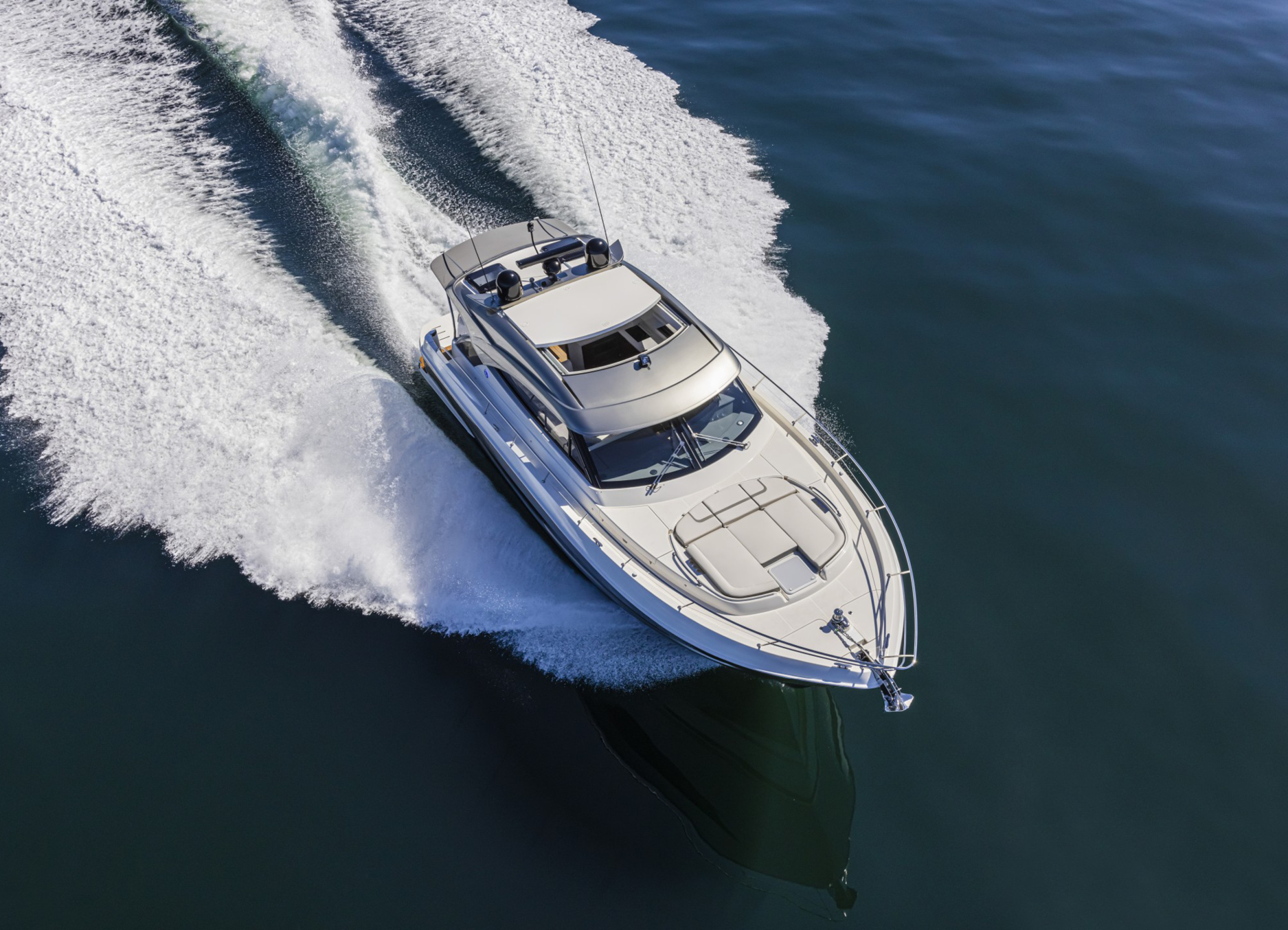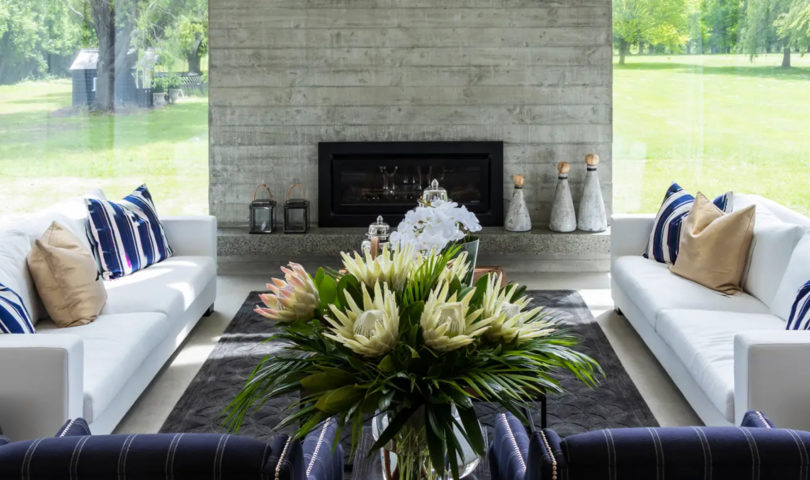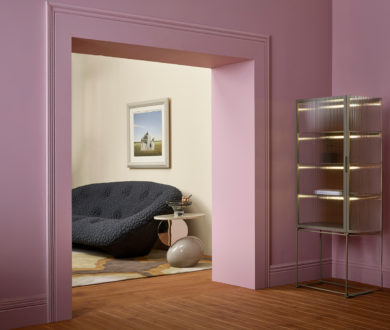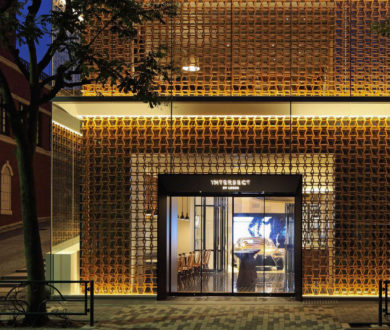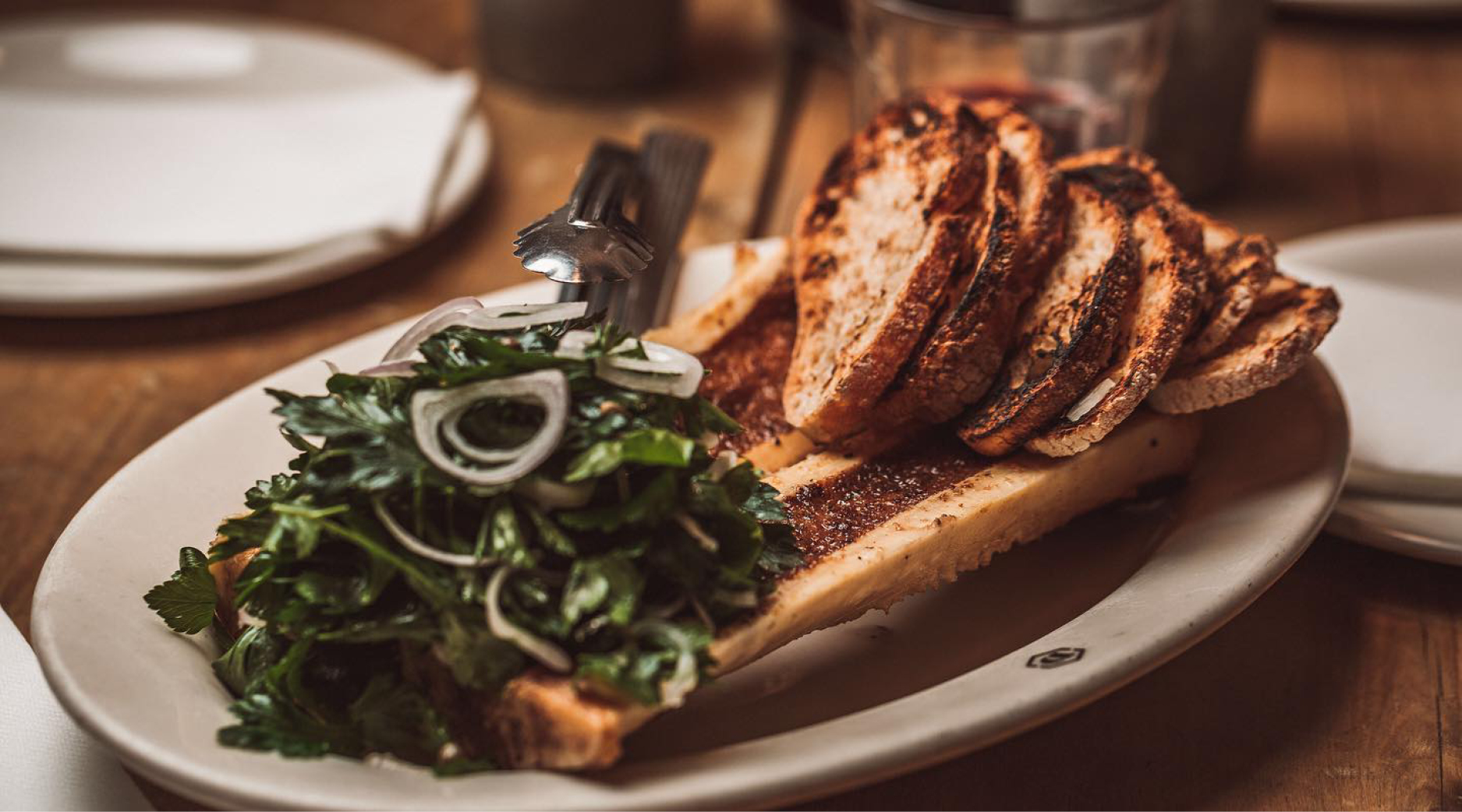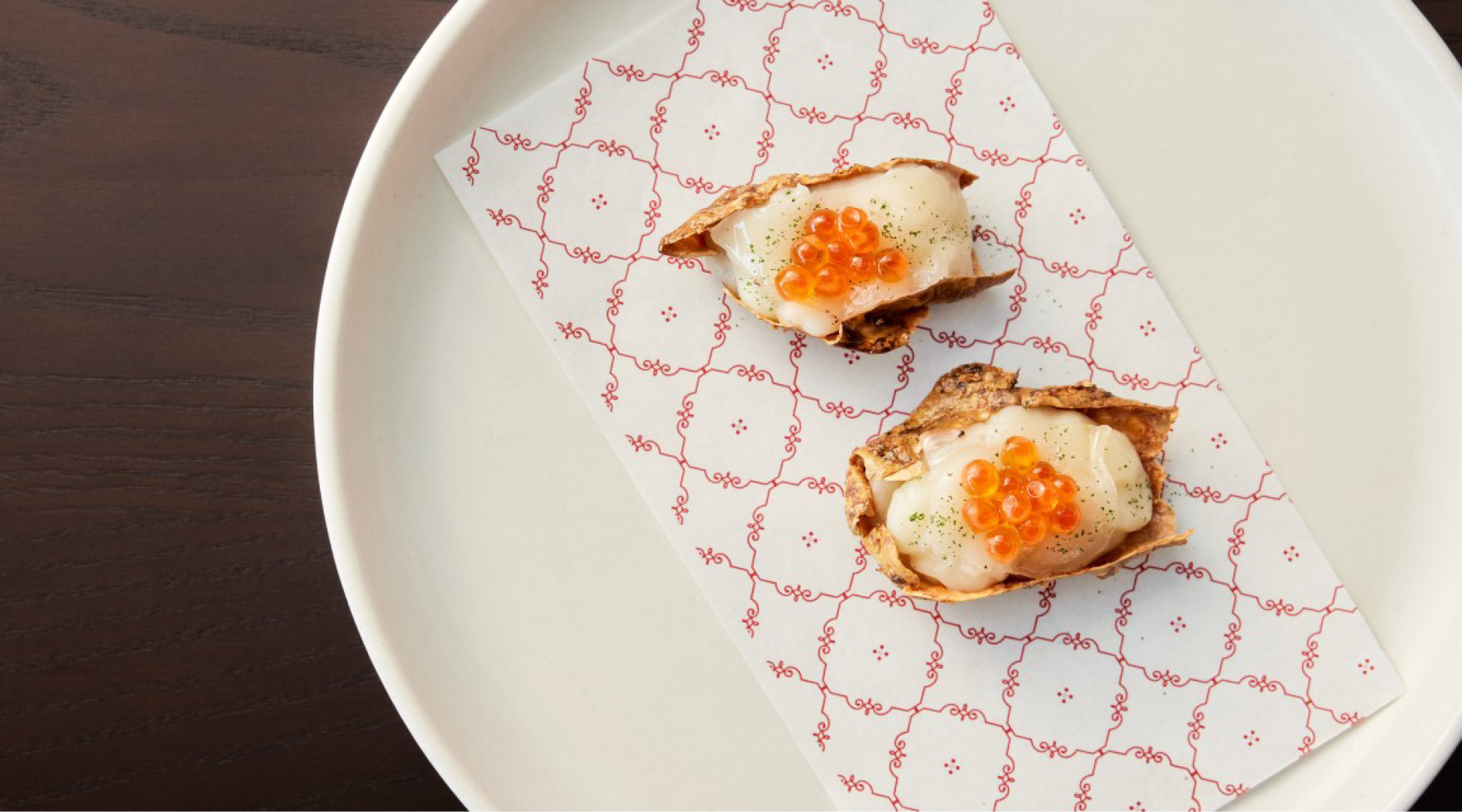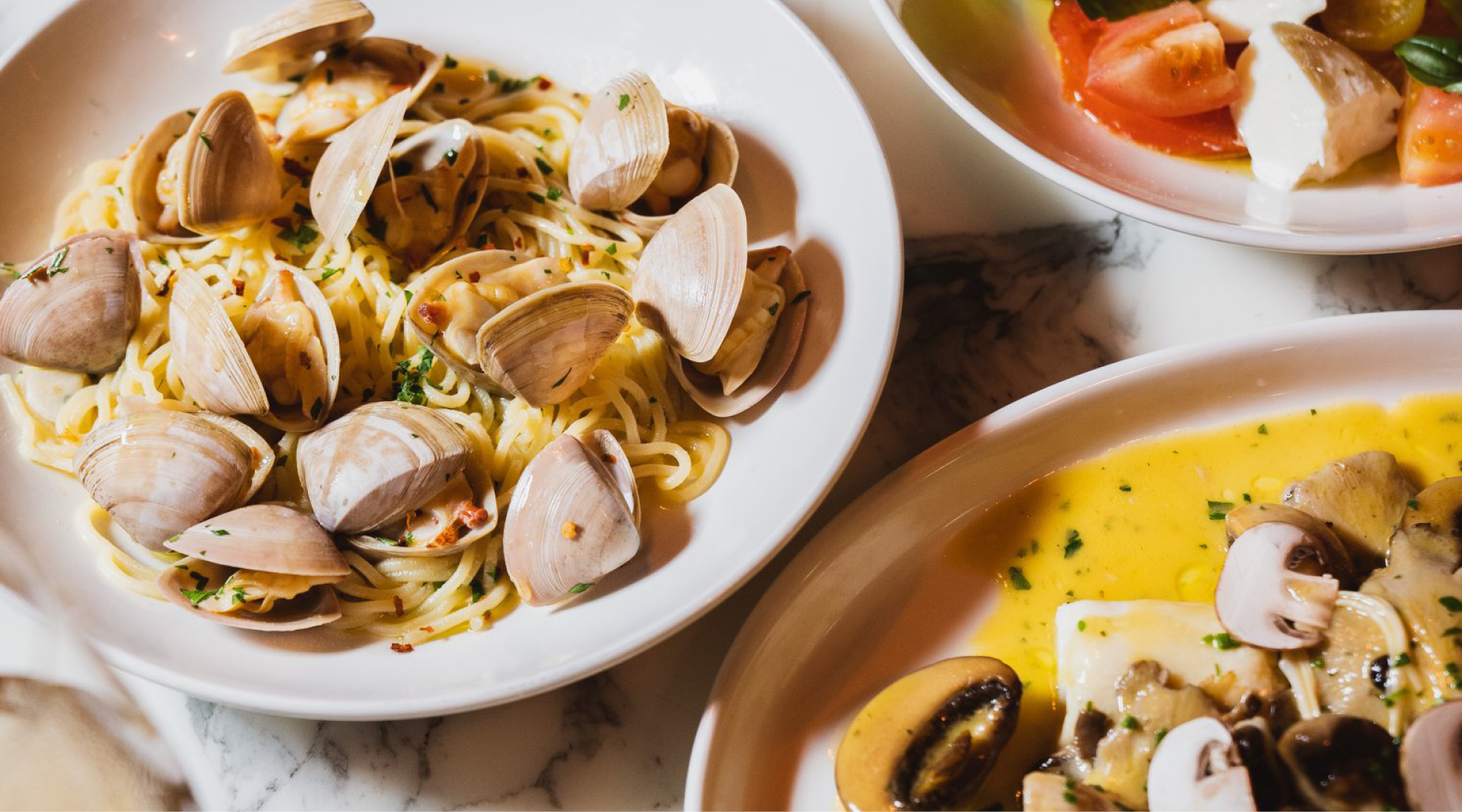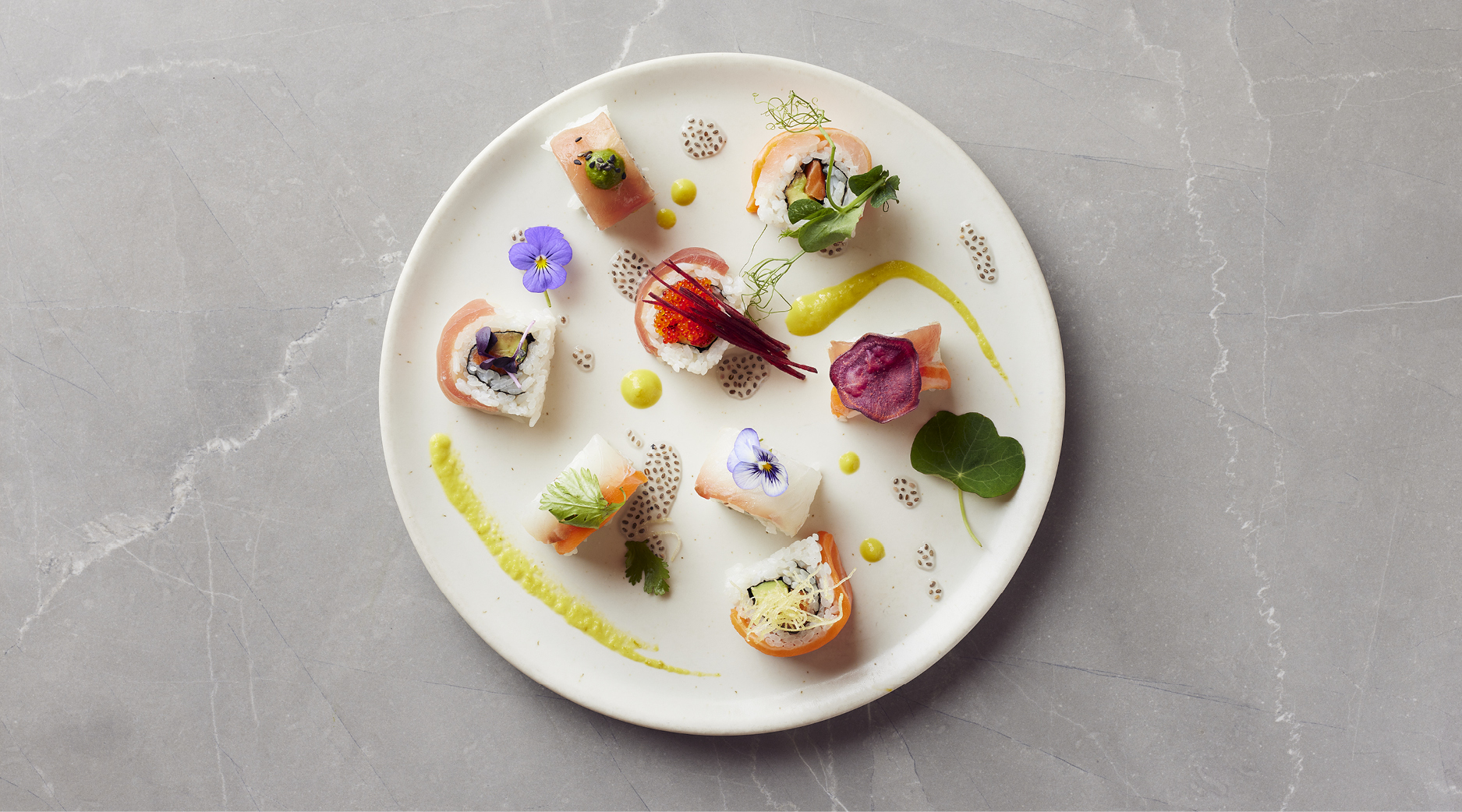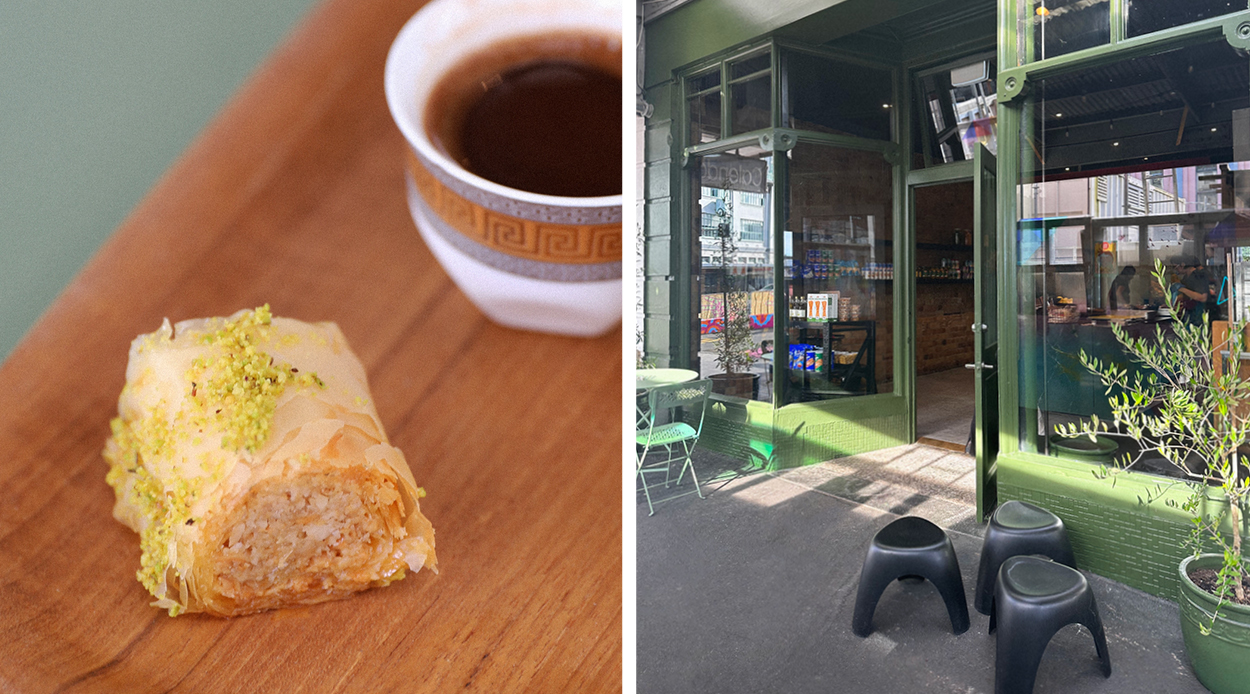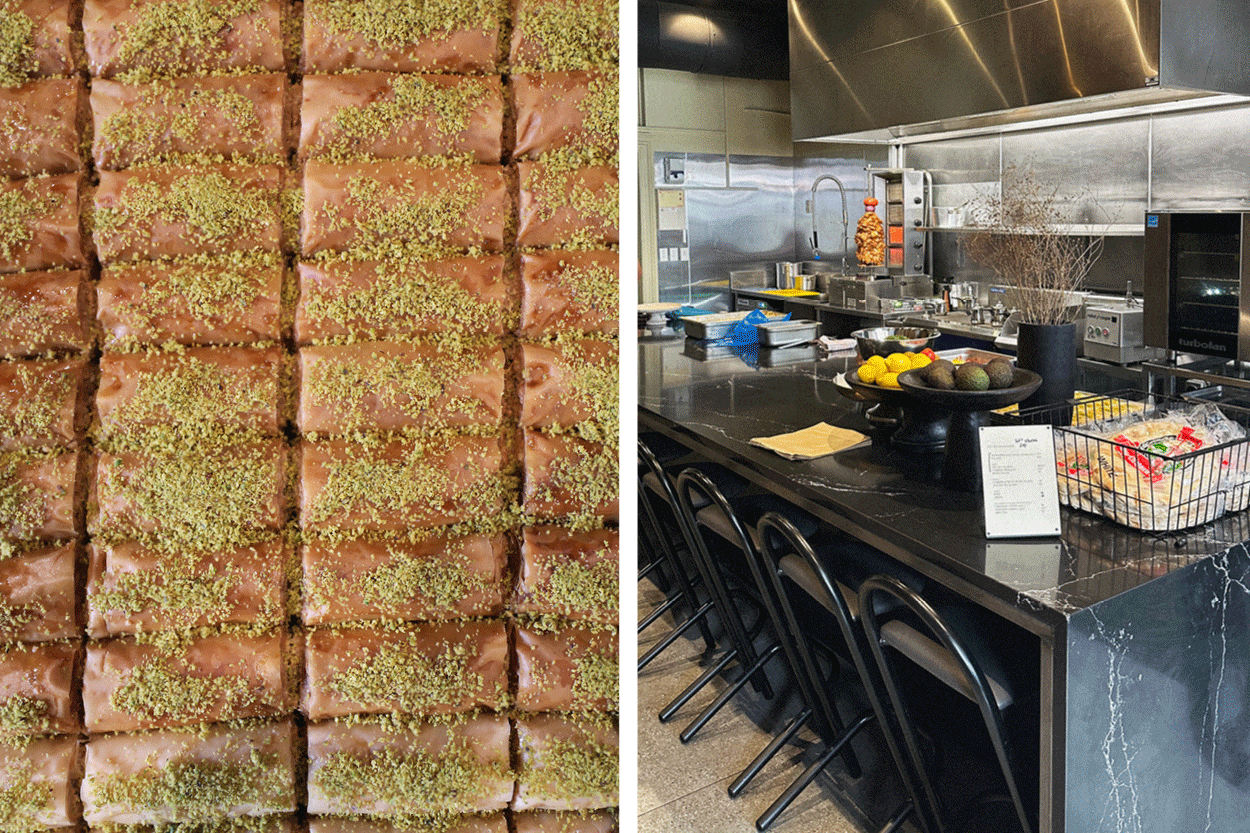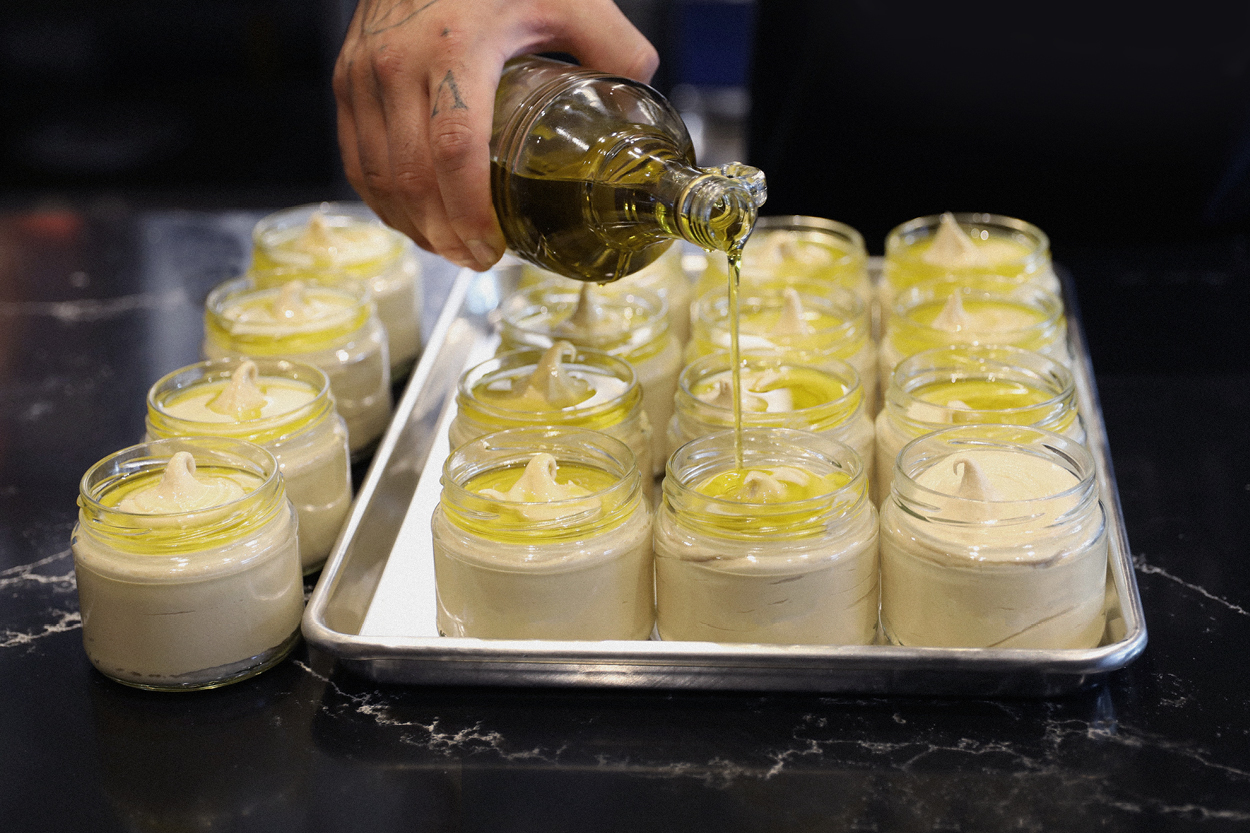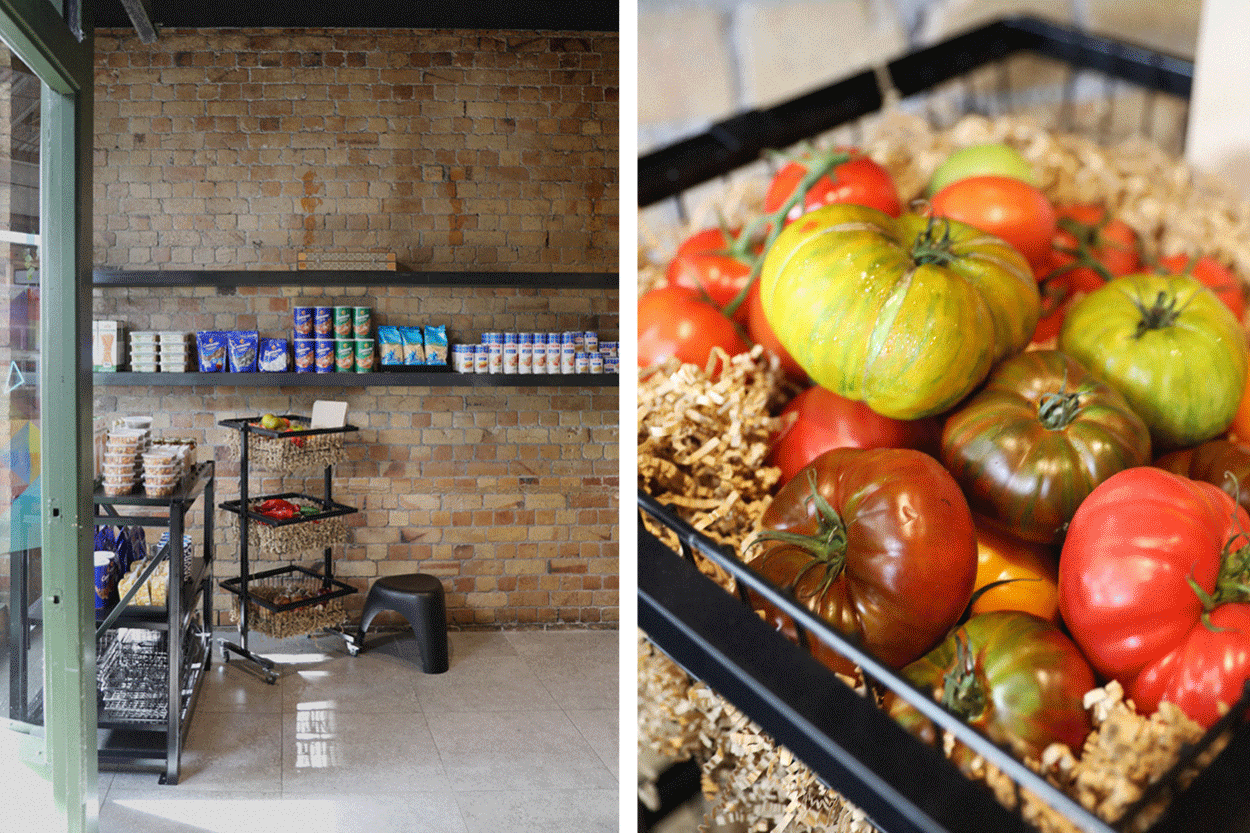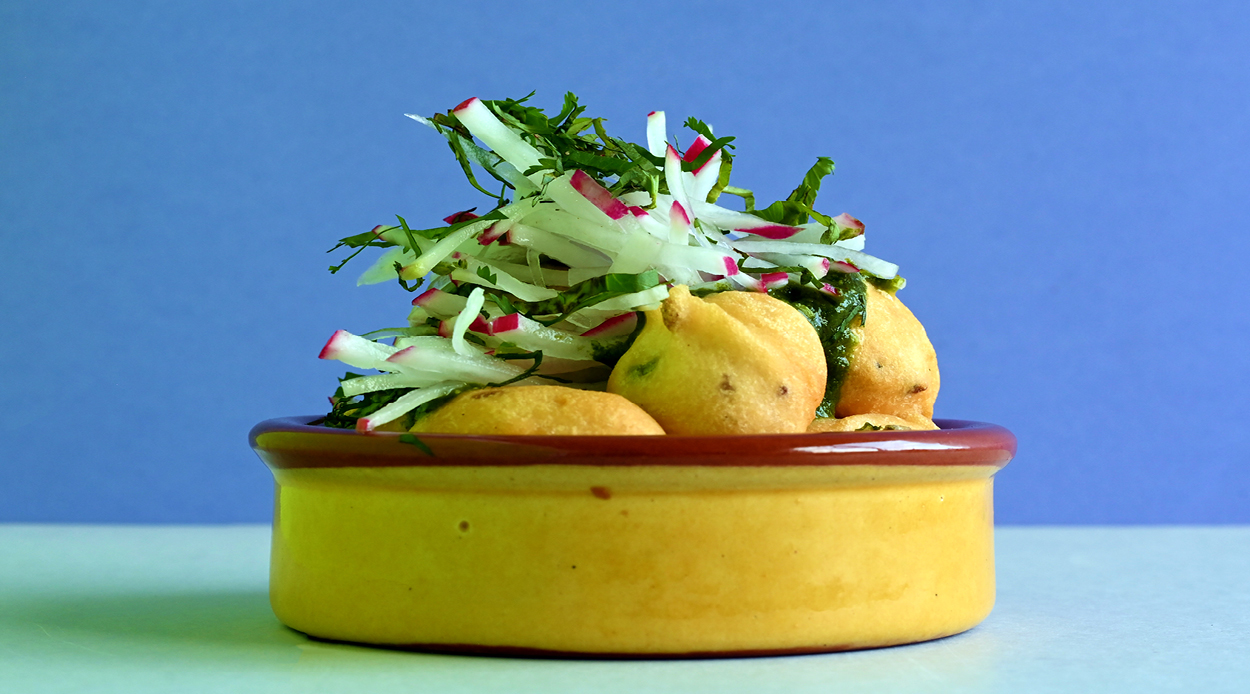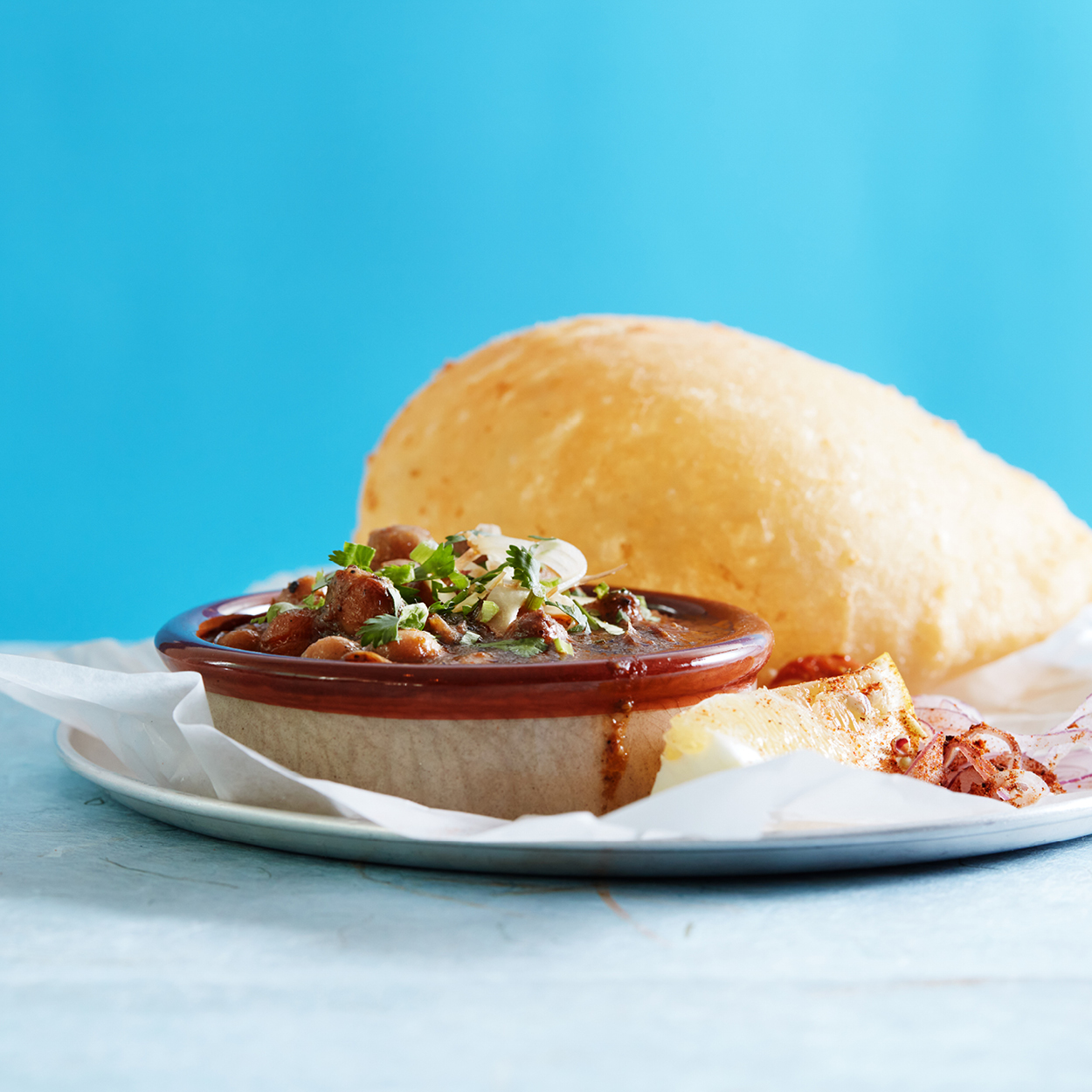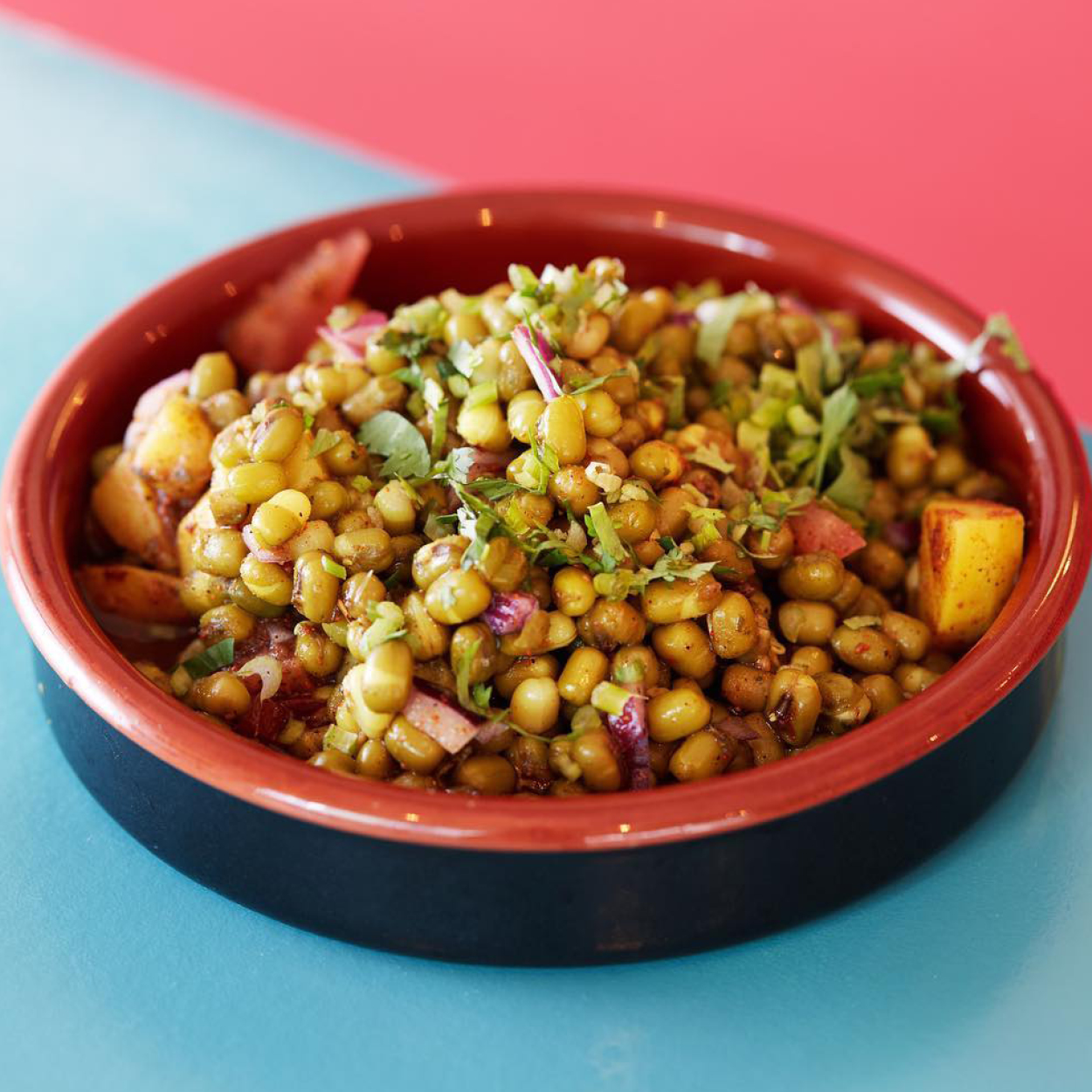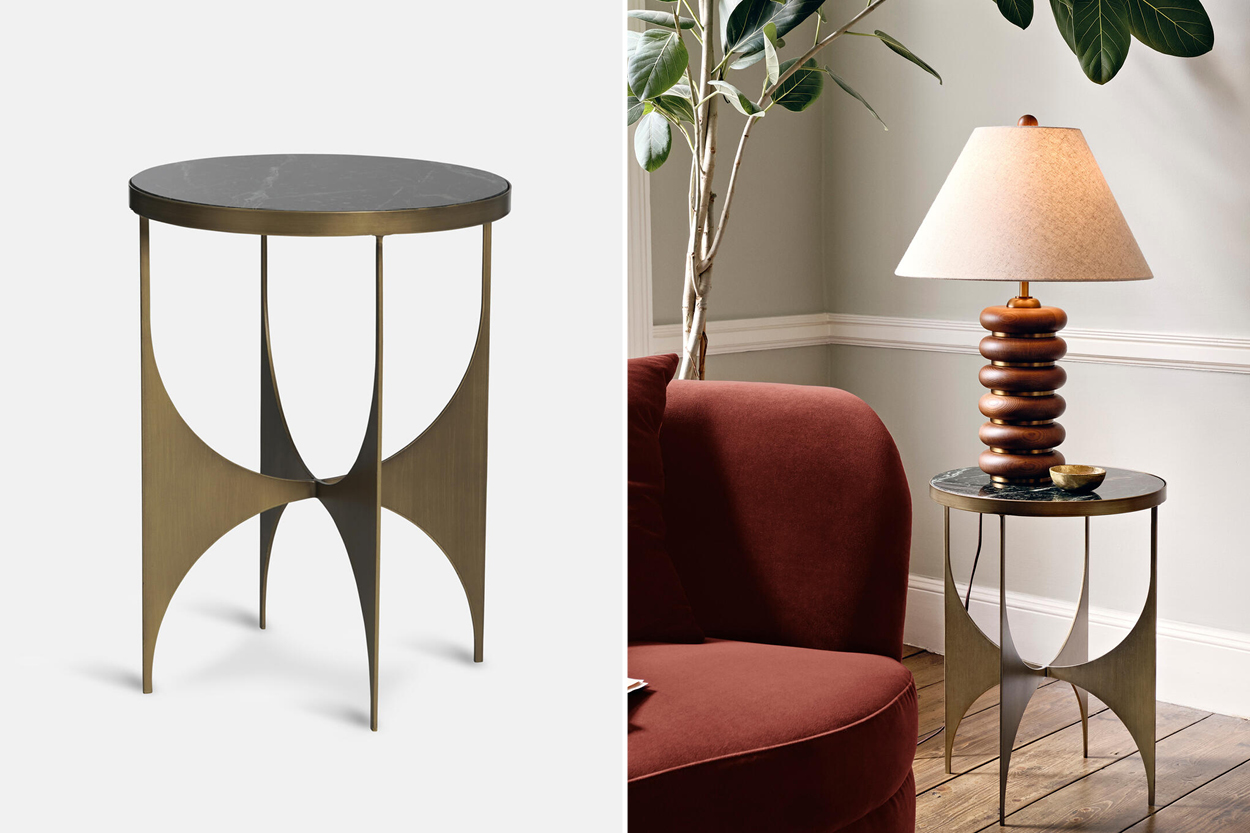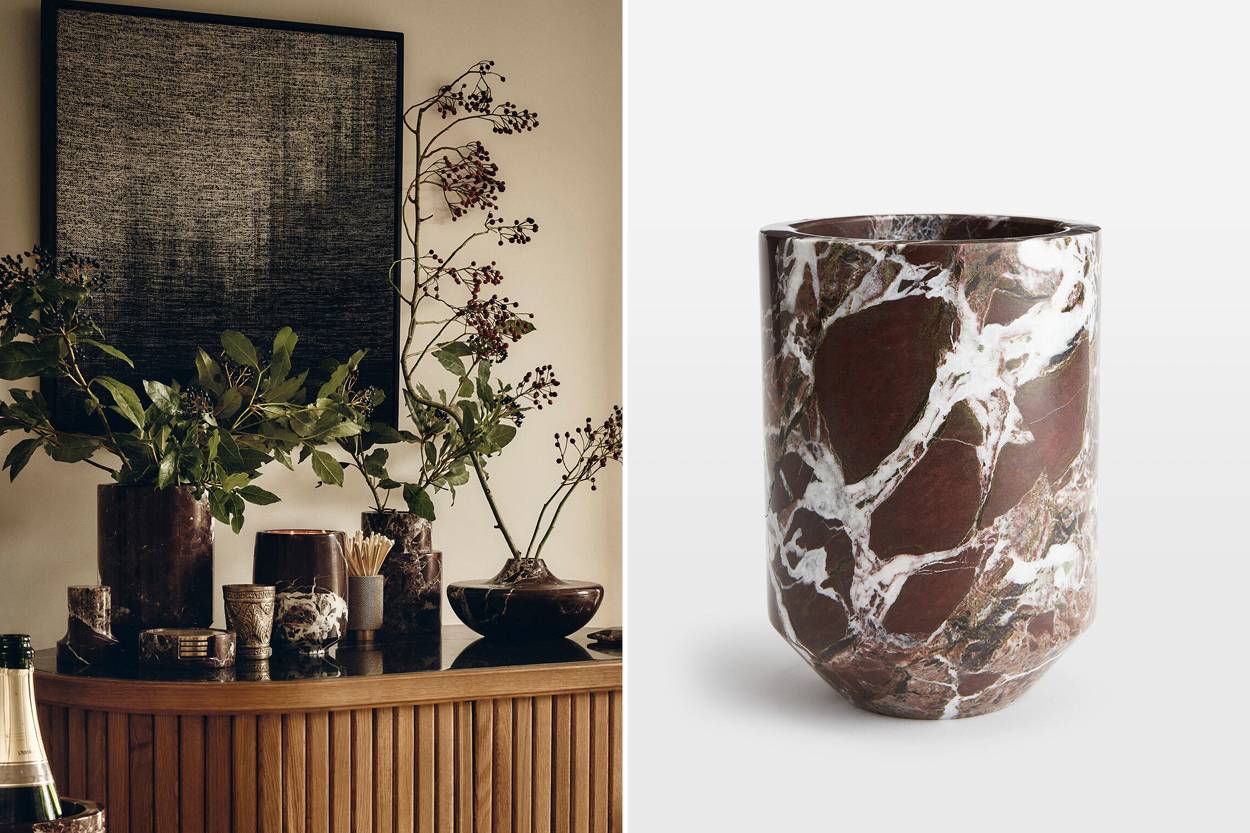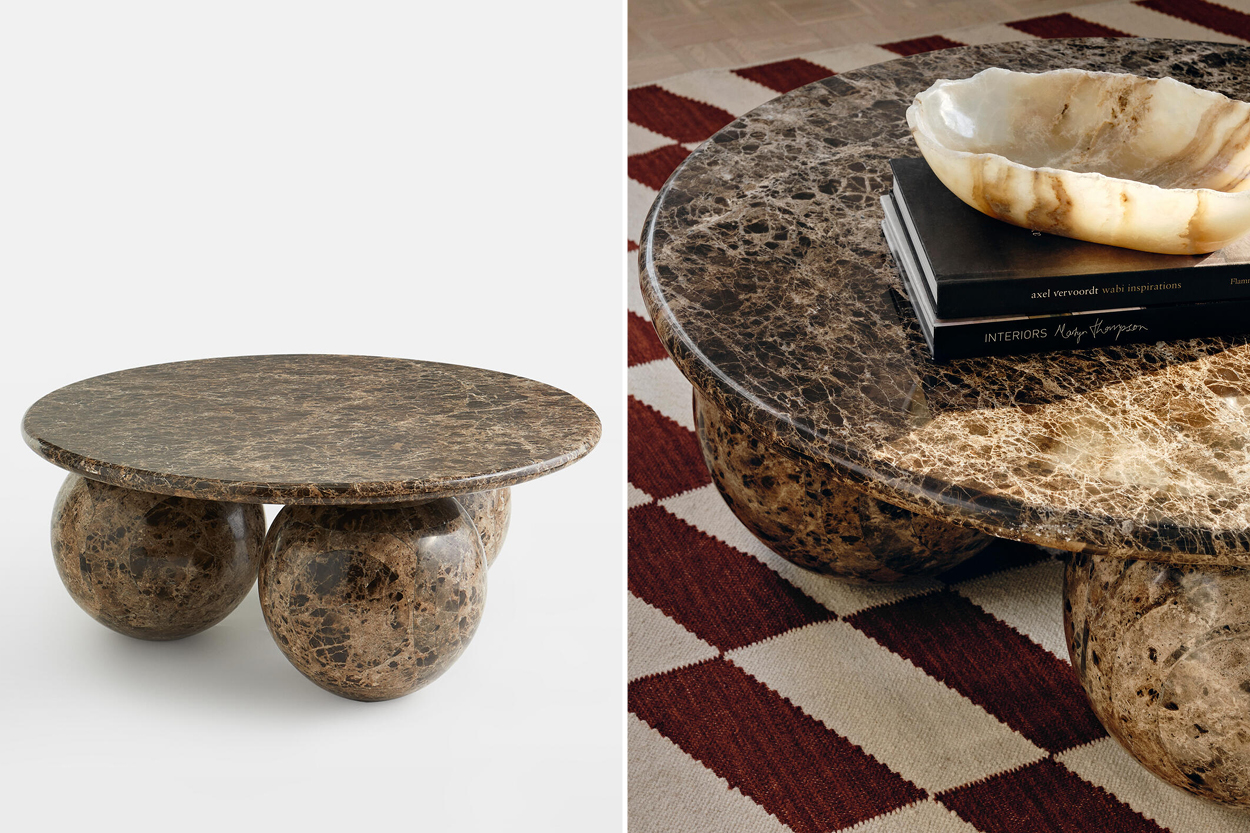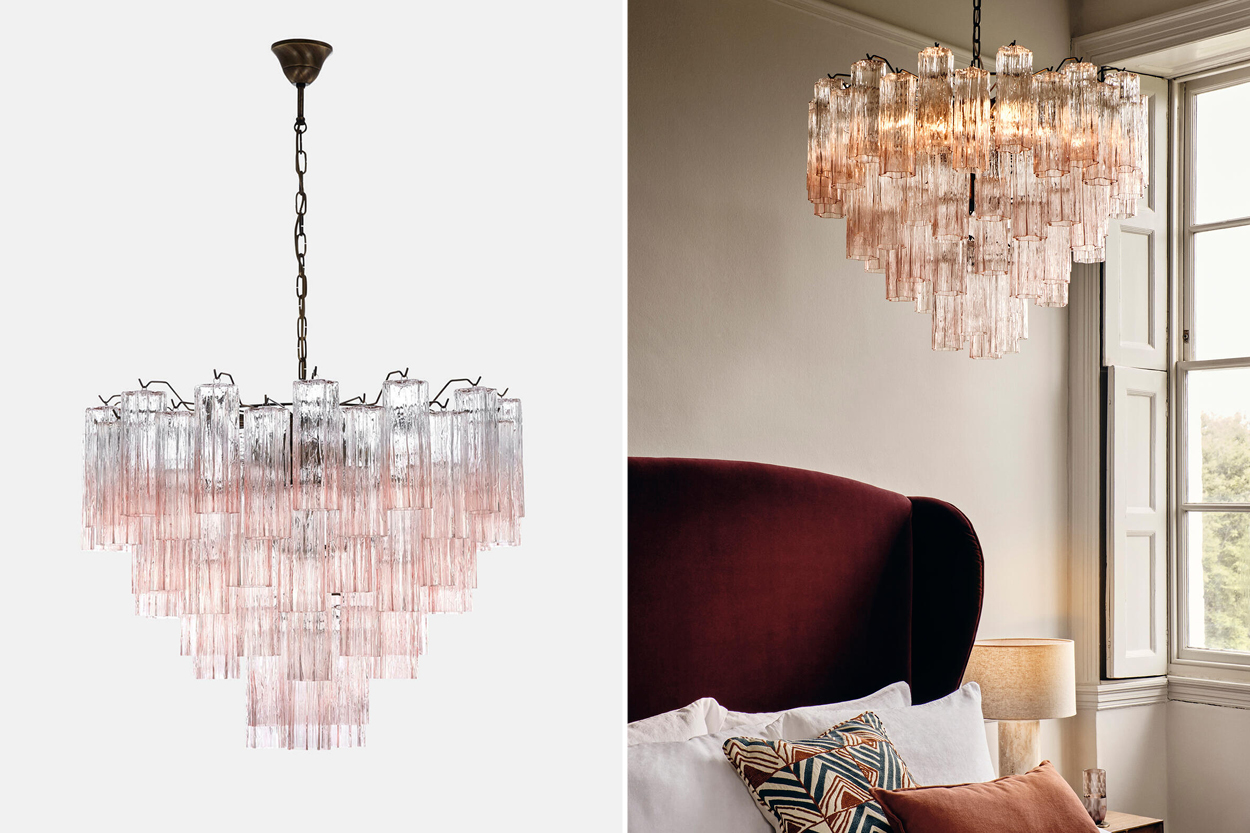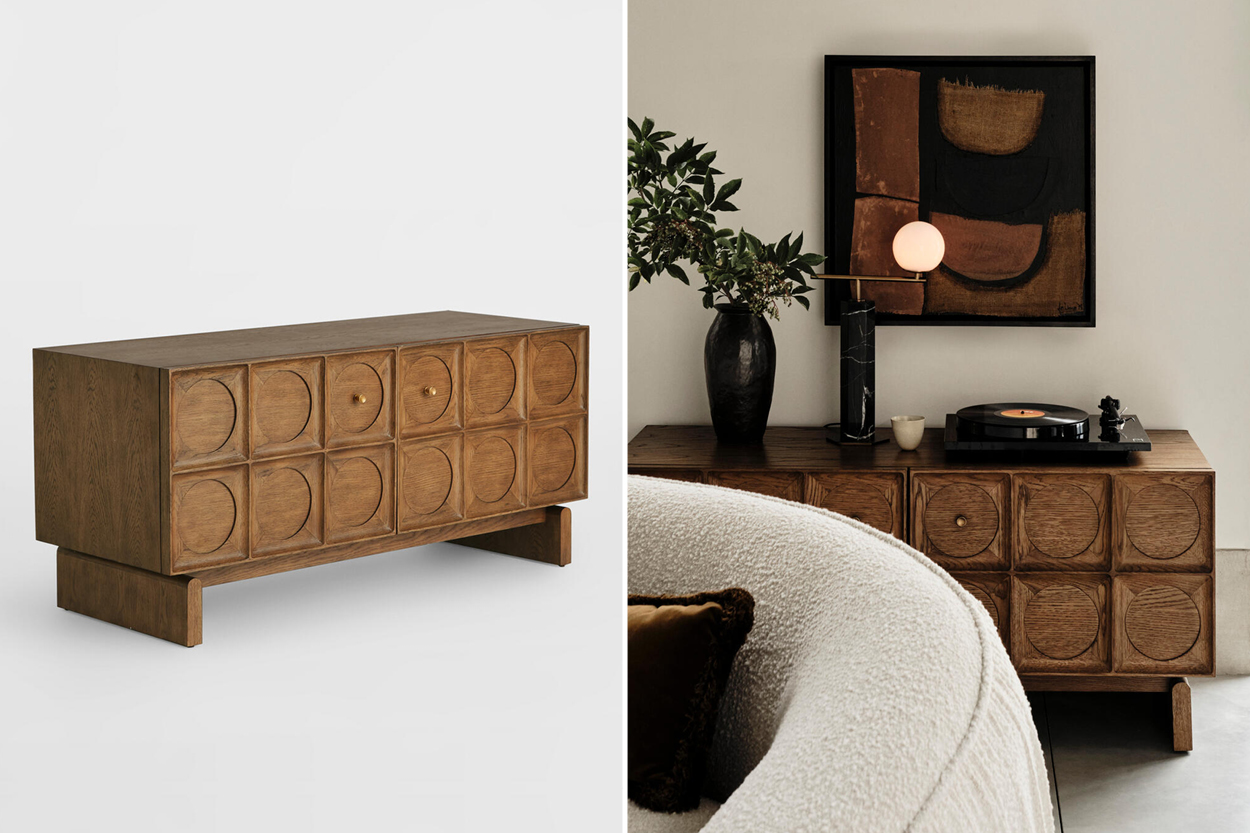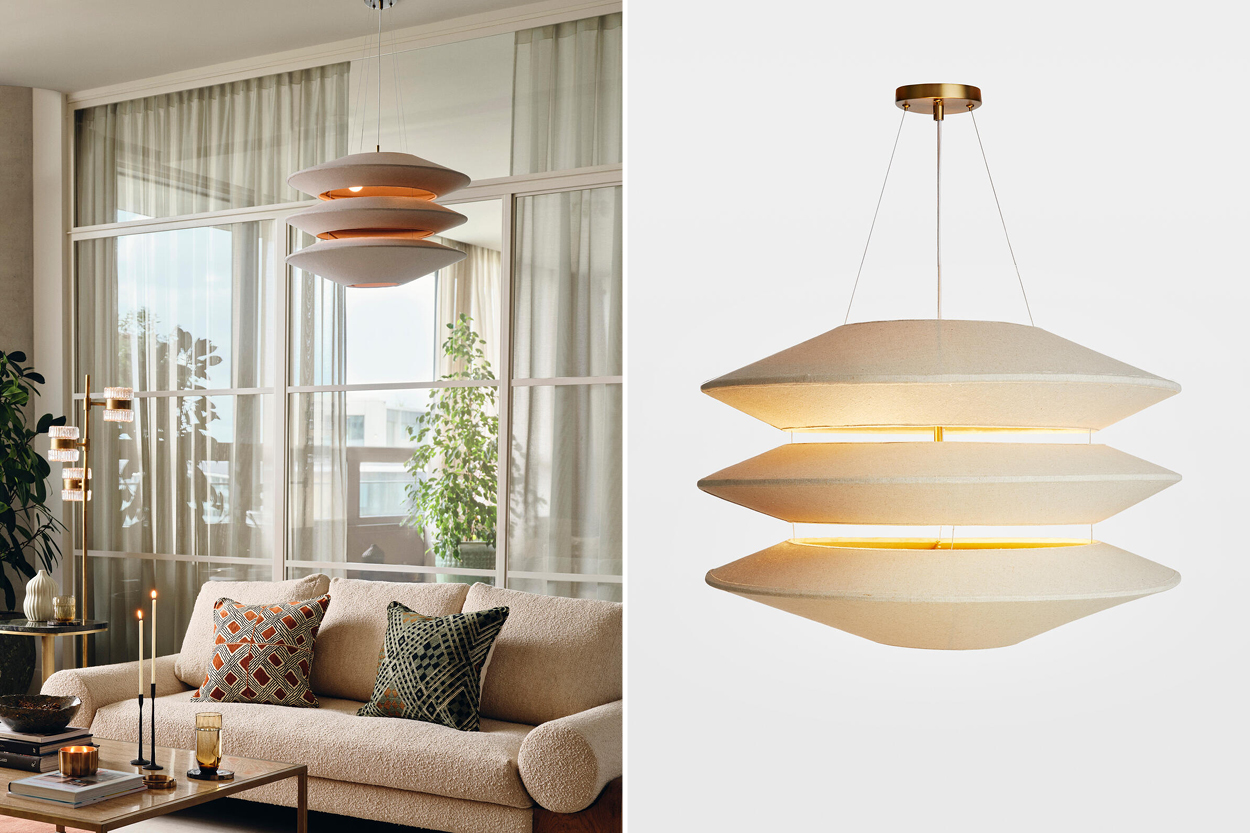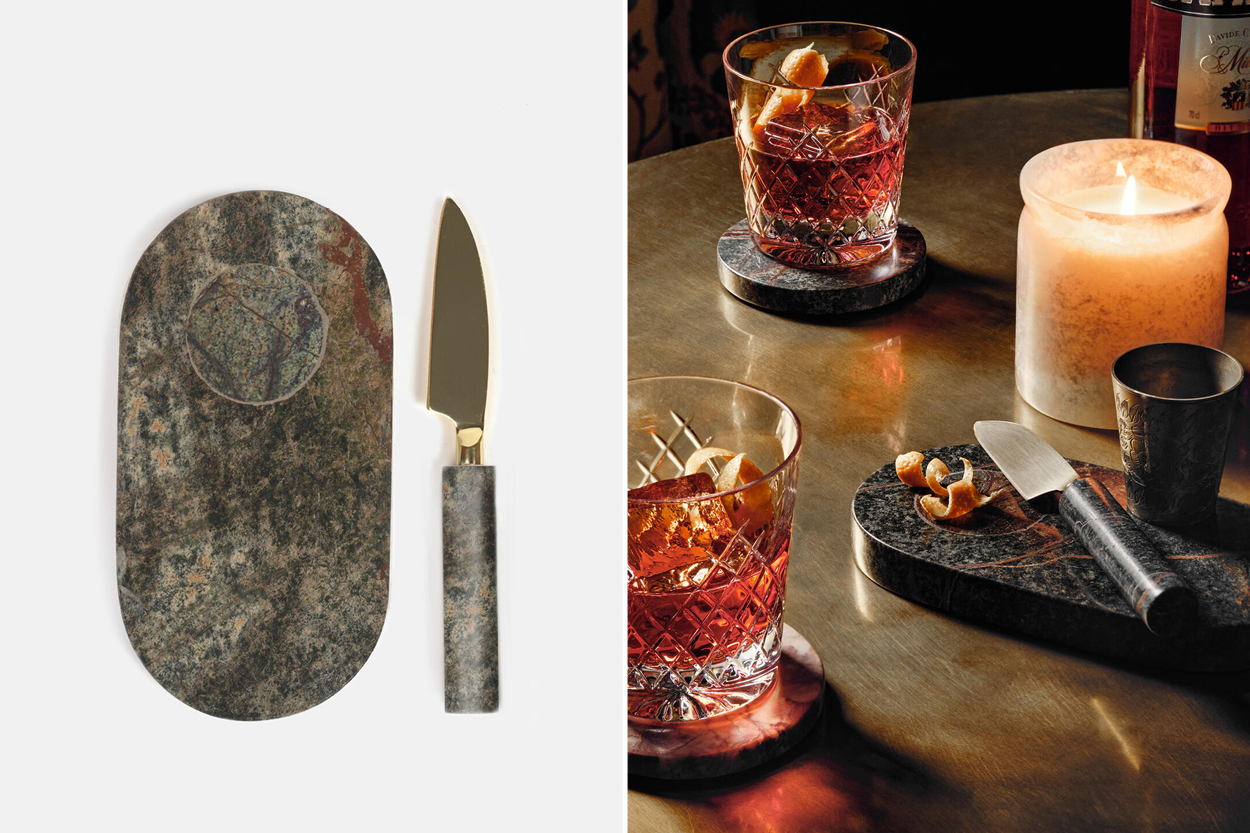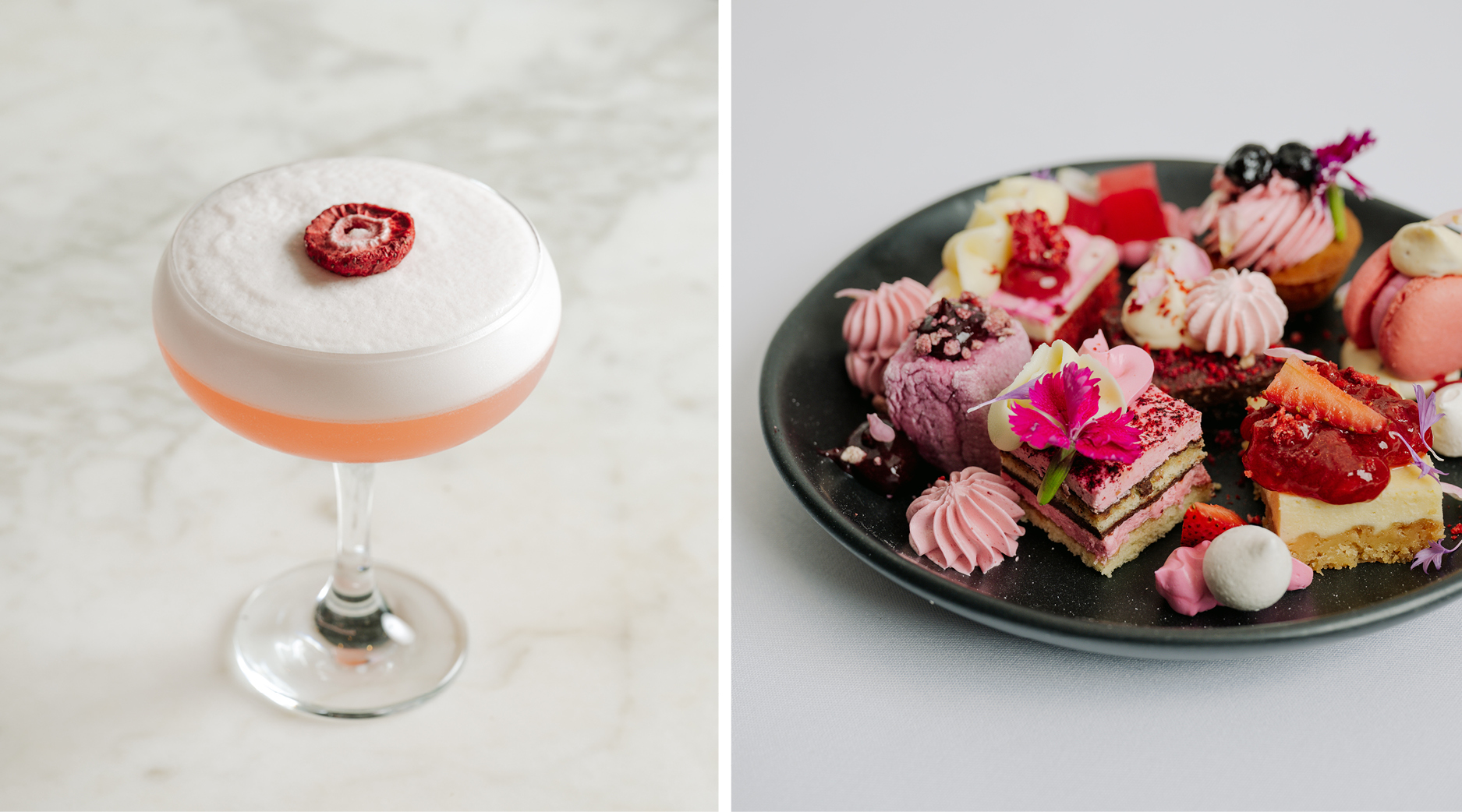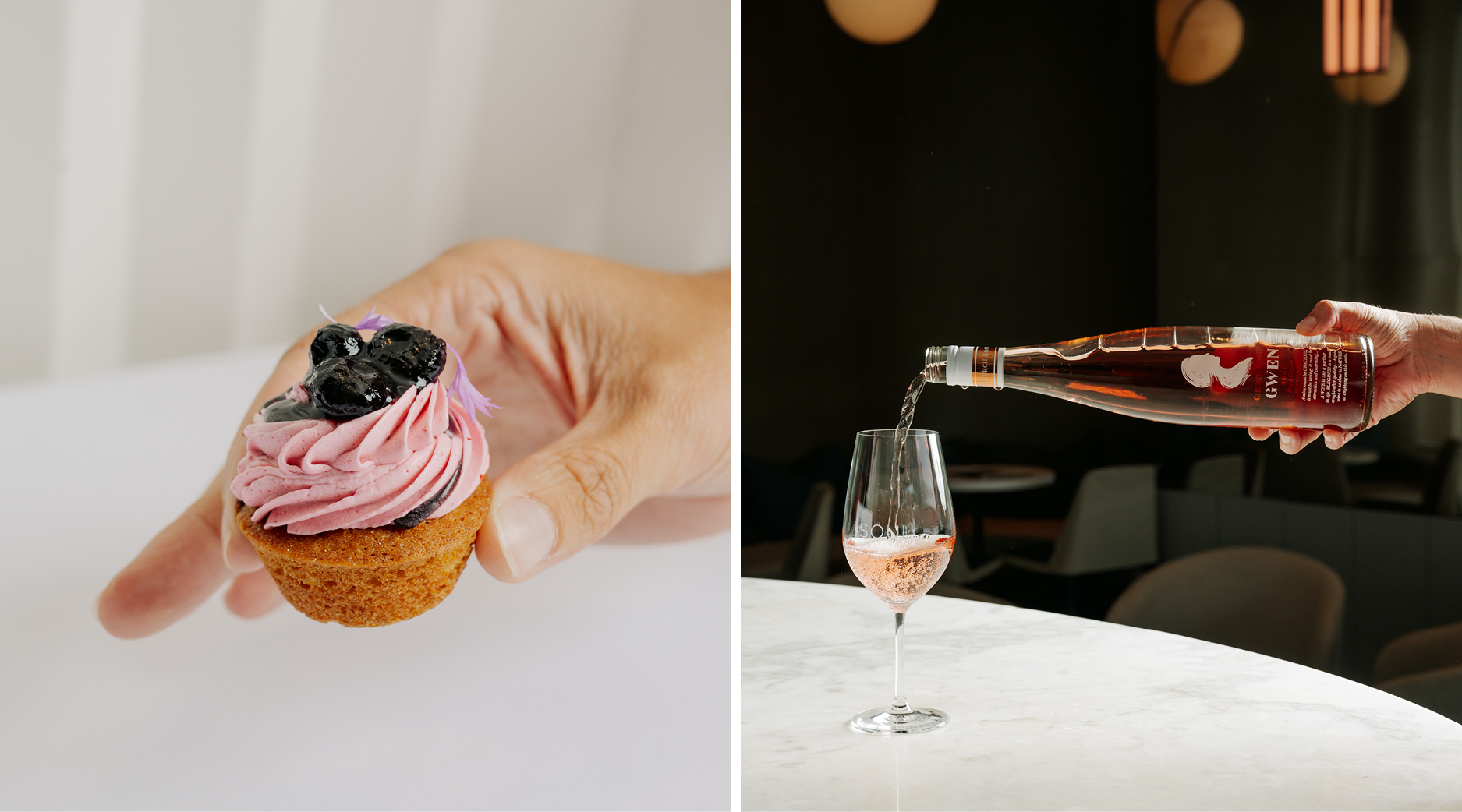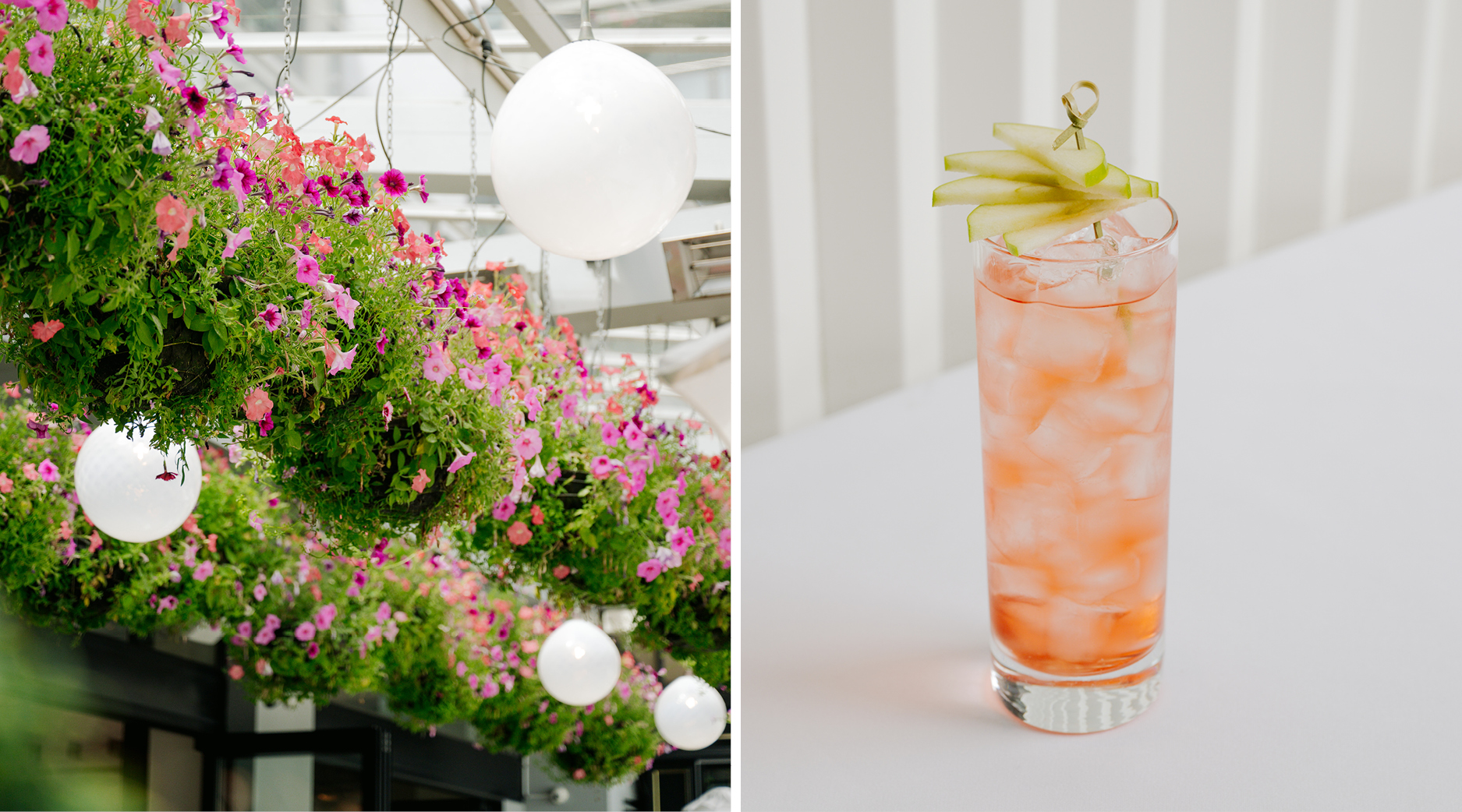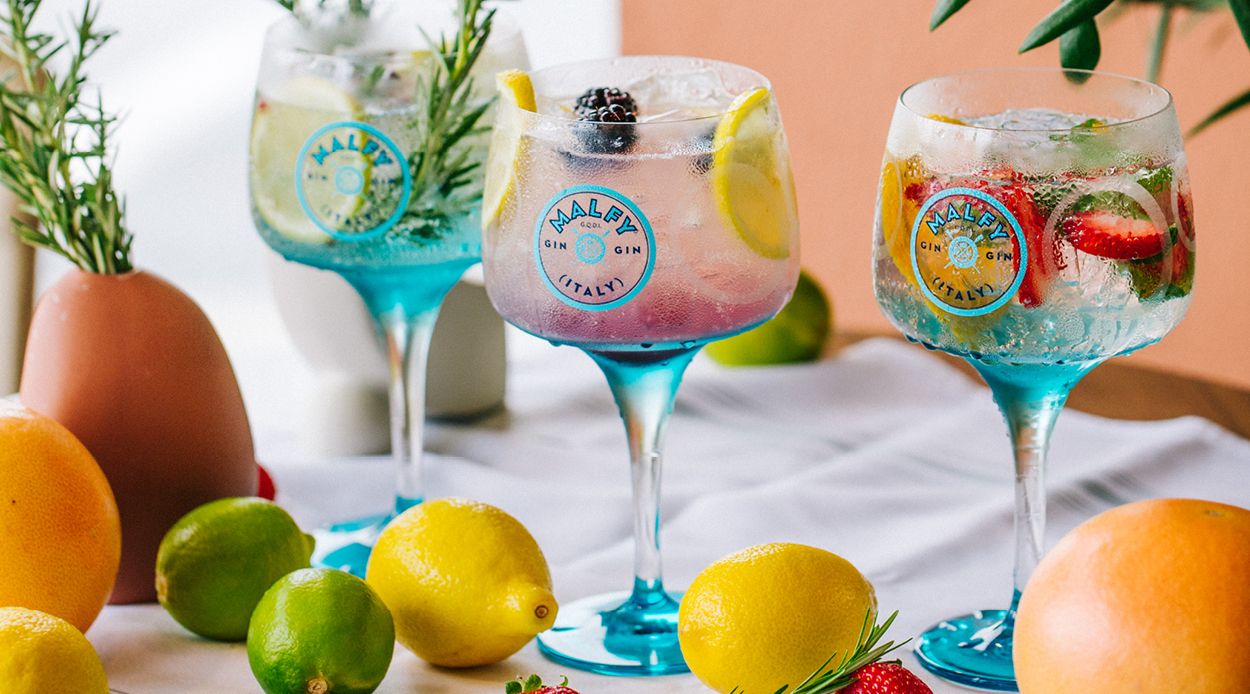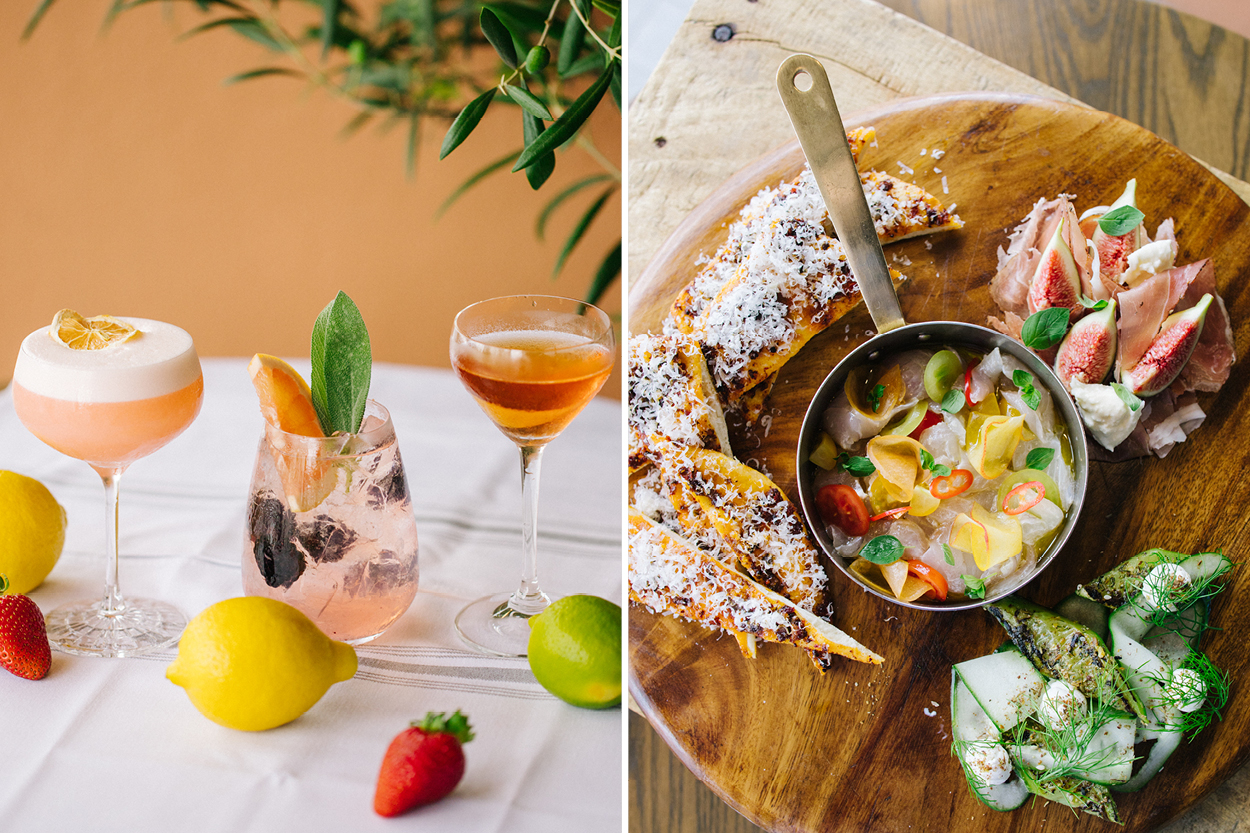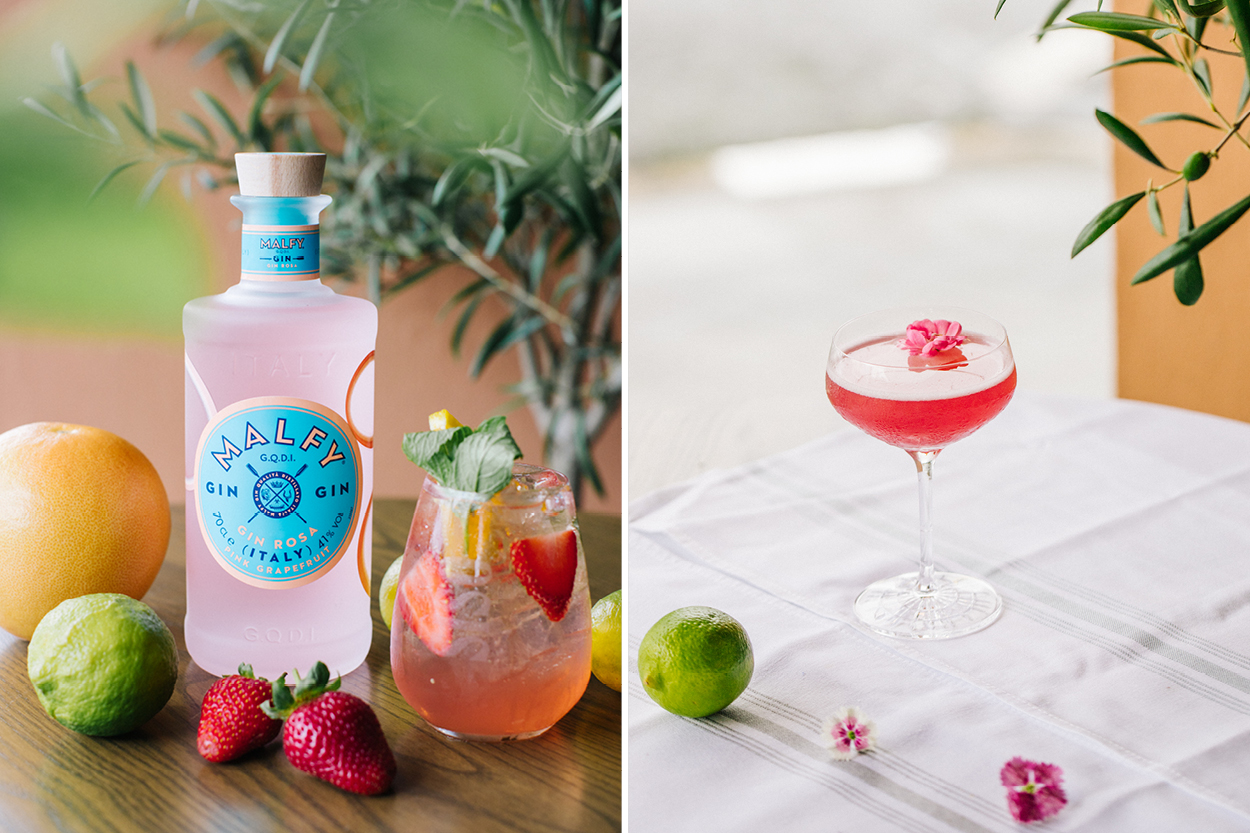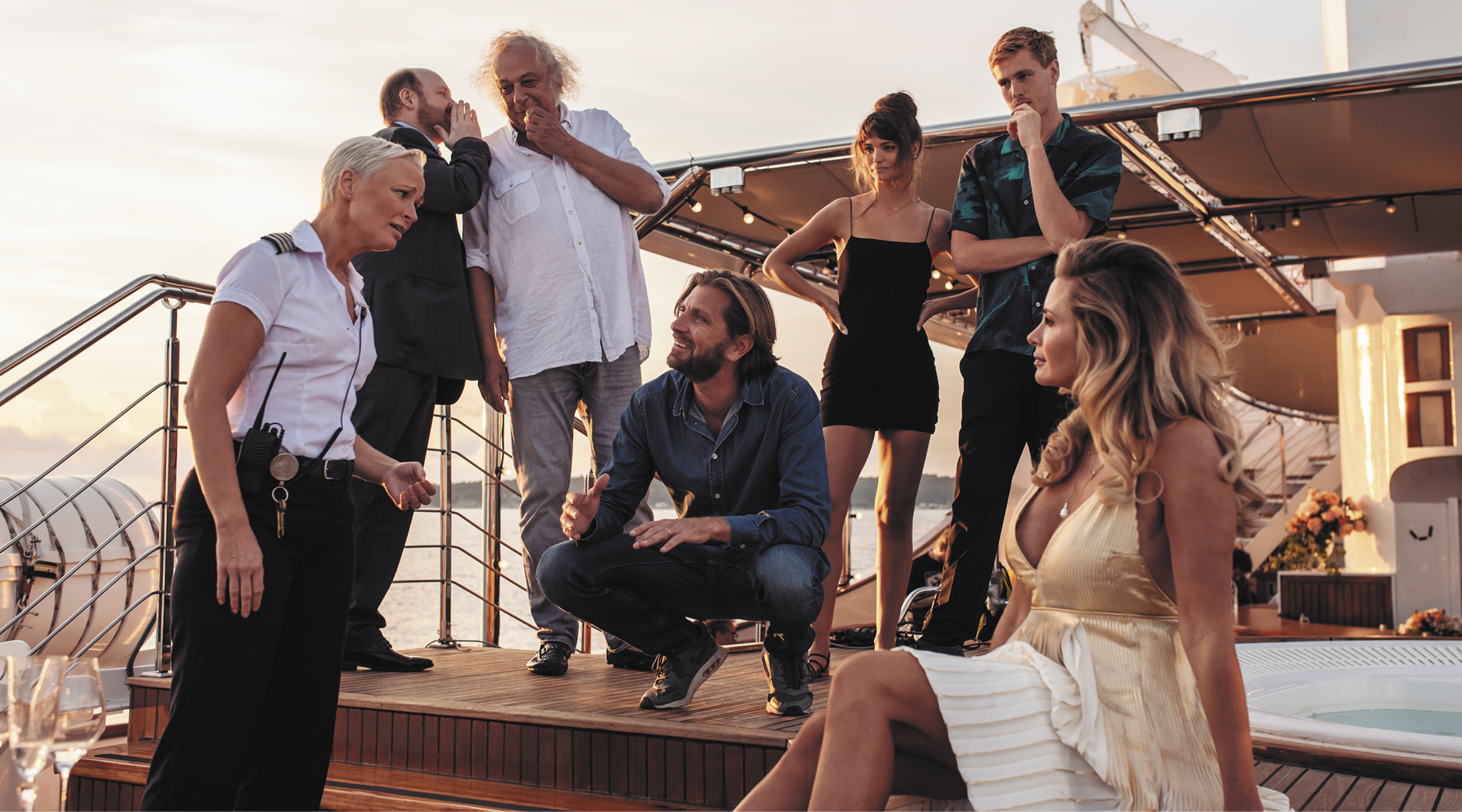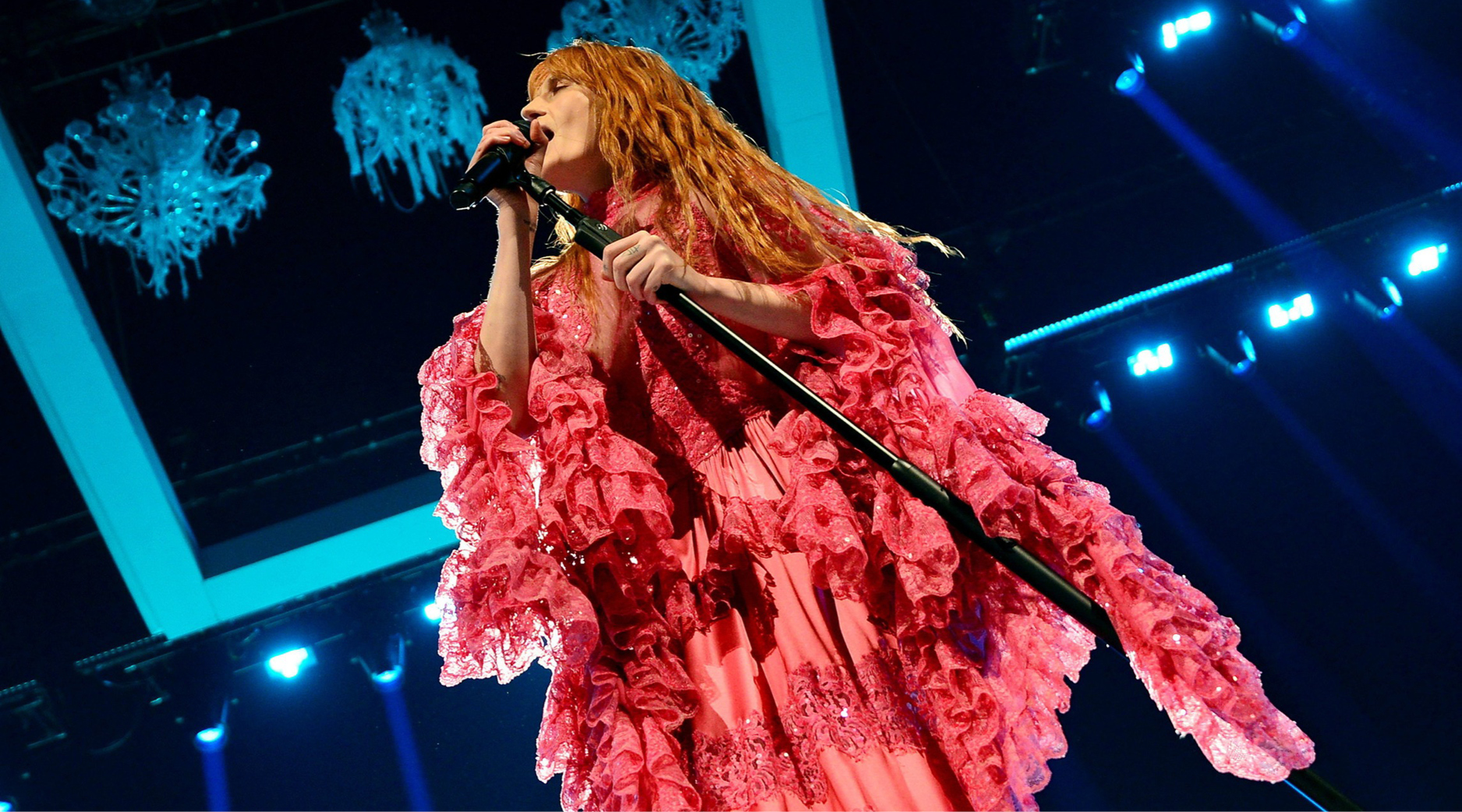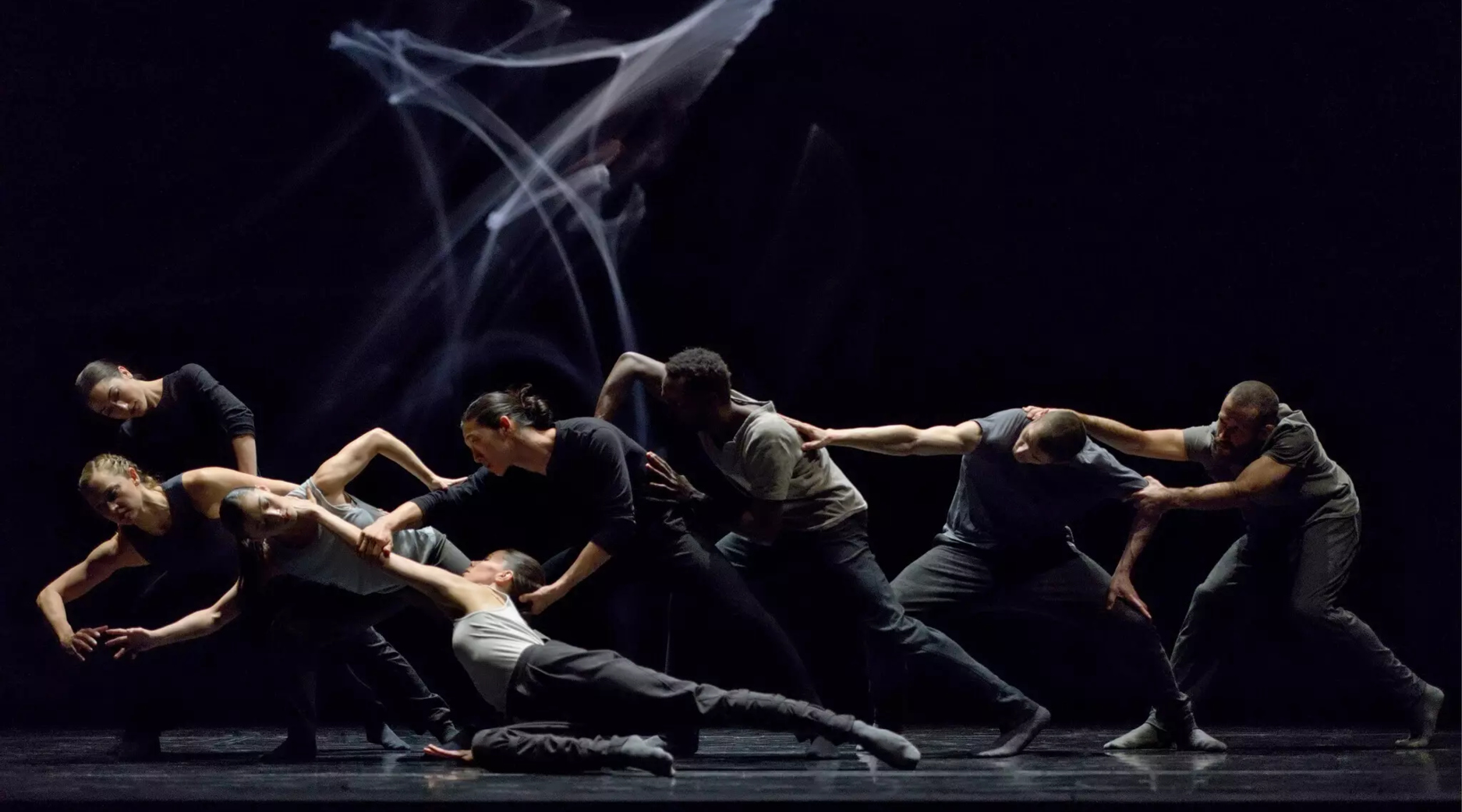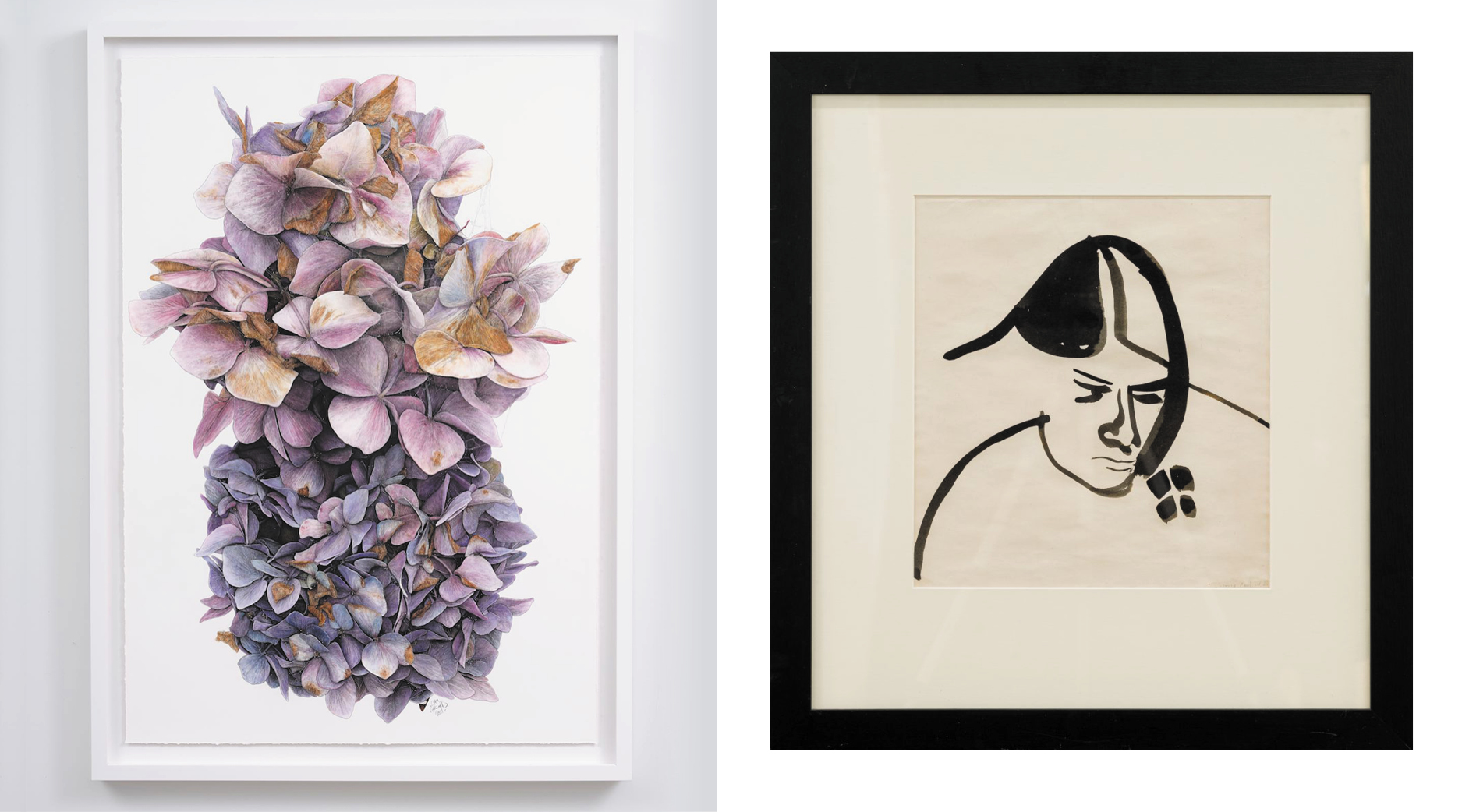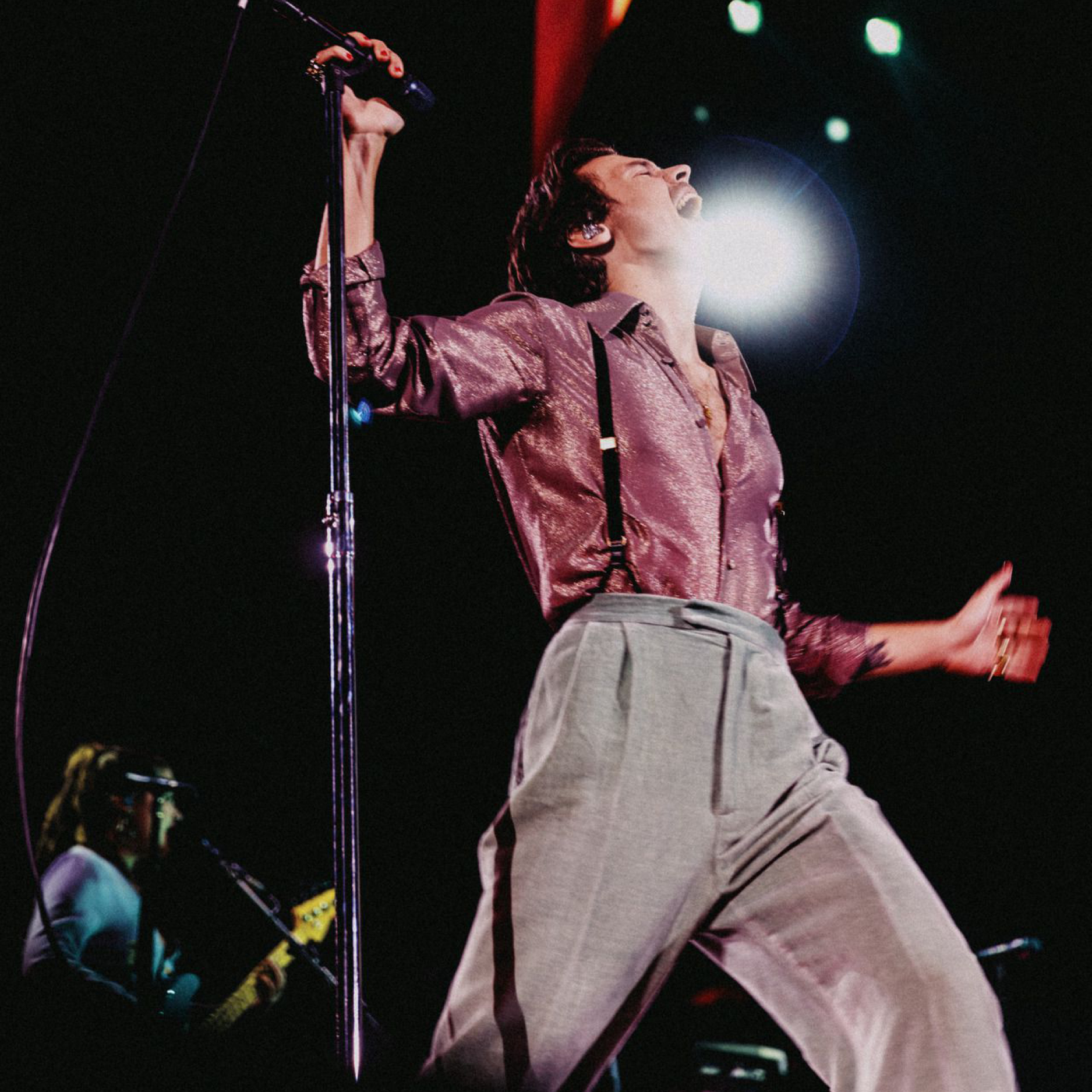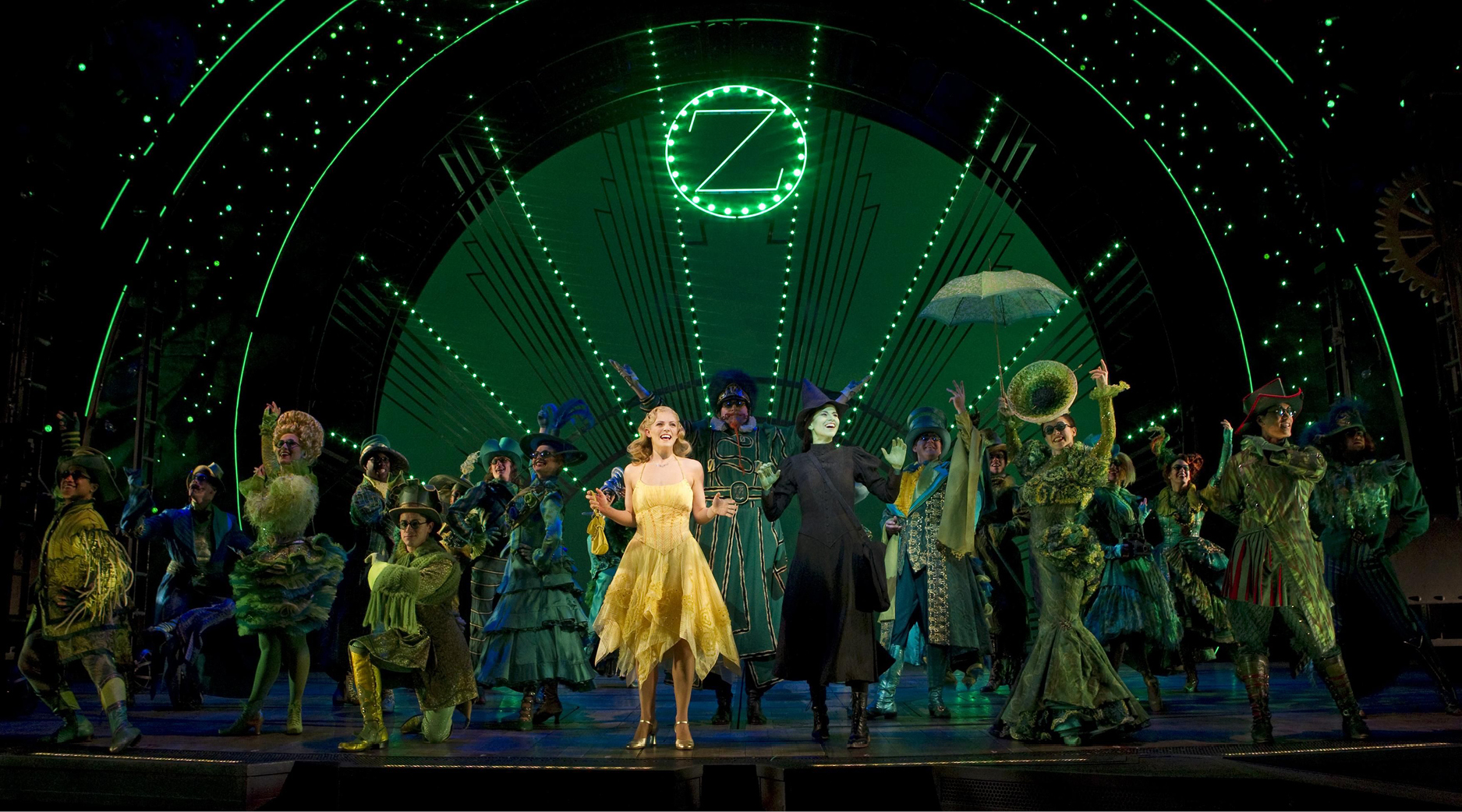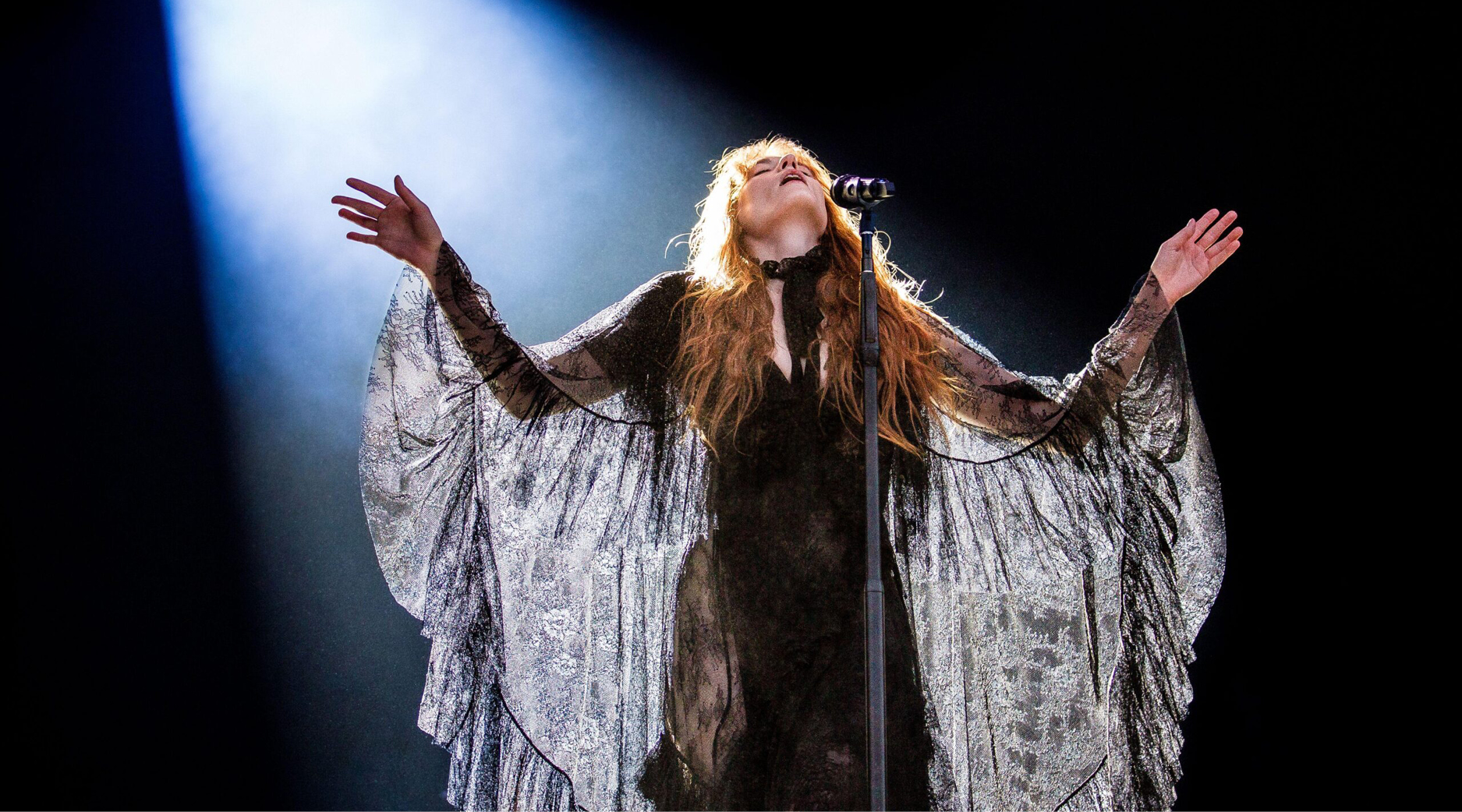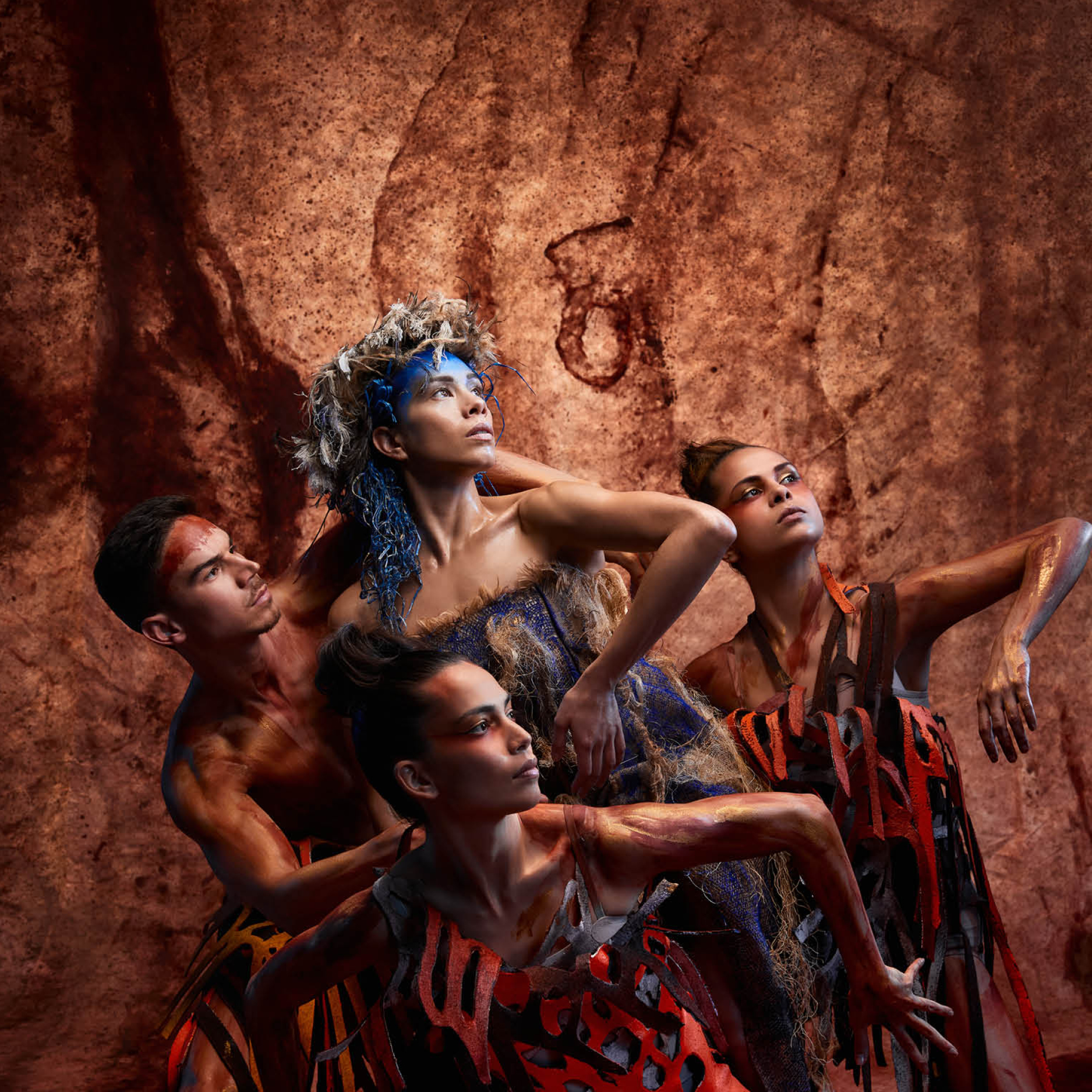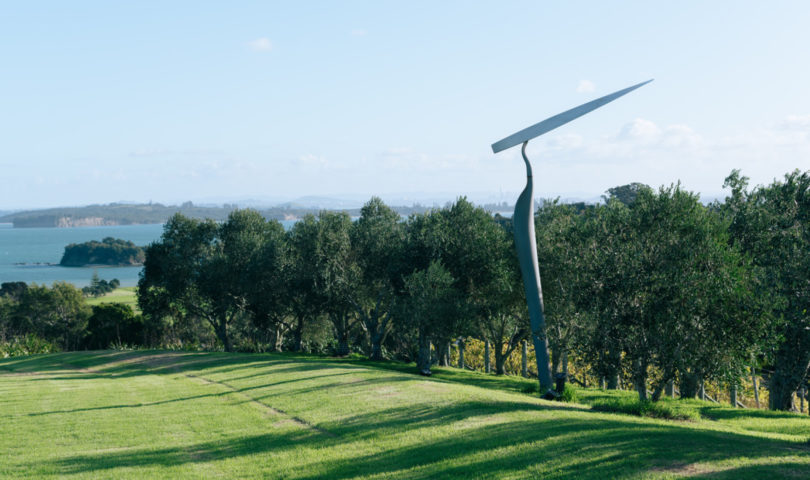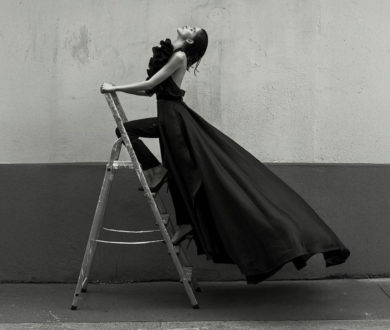As we find ourselves well and truly into the swing of the year, a calendar packed with cultural events is keeping us excited for the months ahead. From fairs and festivals to some of the biggest names in music, here is our full March Culture Guide to satiate your creative needs this season.
Aotearoa Art Fair
One of the most exciting cultural events of 2023, the Aotearoa Art Fair, is returning once again to Auckland’s The Cloud. Offering collectors and art-lovers the chance to view and buy pieces from leading galleries showcasing the work of more than 180 artists, the March edition will see new galleries, new artwork, more international artists, large-scale sculpture works and so much more.
Wednesday, 1st March — Sunday, 5th March, The Cloud
Harry Styles
Finally bringing the show we have seen so much on social media to our shores, man of the moment Harry Styles will give the performance of his life, with the Auckland show marking the end of his Love On Tour extravaganza. Expect the full discography of his new certified bops, alongside a few older classics (One Direction, we’re looking at you), to make the night one of our most memorable yet.
Tuesday, 7th March, Mt Smart Stadium
Flamingo Pier
Having been postponed from its earlier date with recent weather events, this weekend sees the much-awaited return of Flamingo Pier to Waiheke Island. Set at the picturesque Rangihoua Estate and now into its ninth year, the festival is a haven for lovers of dance music — featuring some of our favourite local names like Nathan Haines and Jaimie Webster Haines, alongside internationals Harvey Sutherland, Panorama Bar regular Gabrielle Kwarteng and Dekmantel favourite Suze Ijó.
Friday, 3rd March — Sunday, 5th March, Rangihoua Estate
Wicked: The Musical
In this captivating tale, we are invited to witness the emergence of an improbable, yet profound bond between two young women who meet as sorcery students at Shiz University. Glinda, the adored and fair-haired beauty, befriends Elphaba, a misunderstood and distinctly chartreuse-skinned figure. The upcoming production of this most-loved musical features an all-New Zealand cast, boasting the esteemed Tina Cross, a beloved figure in Kiwi music circles, in the role of Madame Morrible. This show promises to captivate audiences of all ages and backgrounds, transporting them to a world of unparalleled enchantment — one of the crown jewels of our March Culture Guide. Tickets are available here.
Friday, 31st March — Saturday, 22nd April, SkyCity Theatre
Rupi Kaur
Having pioneered a career in social media prose, encouraging readers everywhere to think differently about how we engage with poetry, Rupi Kaur is finally bringing her lauded World Tour to New Zealand this March. Performing in both Wellington and Auckland, Kaur will share some of her most beloved works, alongside new, unpublished pieces, set to an original music score. A divine literary affair indeed.
Friday, 24th March, Auckland Town Hall
Florence + The Machine
Few voices are as instantly recognisable as that of Florence Welch, frontwoman of Florence + The Machine, who return to our shores later this month. The Dance Fever Tour sees the act playing to New Zealand fans for the first time in four years. With the album recorded in London over the course of the pandemic, it feels like the soundtrack to the last sordid few years.
Tuesday, 21st March, Spark Arena
Light from Tate: 1700s to Now
From the collections of Tate, this exhibition highlights how light has enraptured artists throughout time, manifested through painting, photography, sculpture, installation, drawing and moving images. It showcases the works of illustrious artists such as JMW Turner, Claude Monet, Wassily Kandinsky, and Olafur Eliasson, accompanied by installations that create a plethora of sensory experiences. Spanning from the 18th century to the present day, the opening weekend (this weekend) comprises two full days of food, music, crafts and free talks for anyone curious about the intricacies of art.
Wednesday, 1st March — Sunday, 25th June, Auckland Art Gallery Toi o Tāmaki
Auckland Arts Festival
This March sees the enviable return of the Auckland Arts Festival to the beating cultural heart of the City. Featuring what might be the event’s biggest programme yet, full of some of our greatest national talents, and visiting guests from further afield, Aucklanders are treated to 18 days of immersion in the arts. Think exhibitions, live performances and workshops, of which the complete programme can be discovered here.
Thursday, 9th March — Sunday, 26th March, various locations
Lorde
Returning for a ‘reintroduced’ Solar Power tour, and earning a spot in our March Culture Guide, our national darling will be playing a one-off show at Western Springs this weekend, celebrating the much-anticipated 2020 album with her most adoring fans. One of nine stops on her first tour in five years, where other destinations include Upper Moutere and a postponed Havelock North show, it is evident that this kind of show is not to be missed.
Saturday, 4th March, Western Springs
NZ International Fraud Film Festival
The upcoming return of the NZ International Fraud Film Festival to Auckland presents a unique opportunity for attendees to delve into the underbelly of fraud and its effects on society. The Festival’s programme promises to explore a range of topics, including the psychology of fraudsters, institutional corruption, forgery, and cybercrime, and will showcase several films such as The Talented Mr. Rosenberg, Gaming Wall St., Nothing Lasts Forever, The Lost Leonardo, and China Hackers. Those wishing to attend can secure free tickets to select events, including a session with the renowned investigative team Fair Go. More information is available here.
Wednesday, 29th March & Thursday, 30th March, Q Theatre
Beacon Festival
March sees the post-covid return of Beacon Festival, which this year expands to two days of house and electronic dance music on the iconic Auckland waterfront. Drawing an utterly impressive international line-up, single-day tickets are also available for those looking to curb any potential over-enthusiasm ahead of the work week.
Saturday, 18th March & Sunday, 19th March, Queens Wharf
